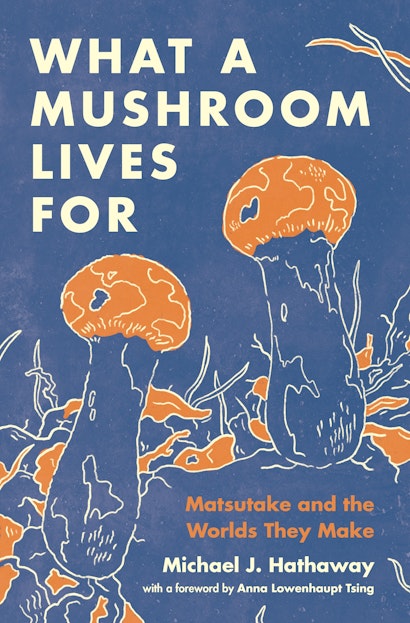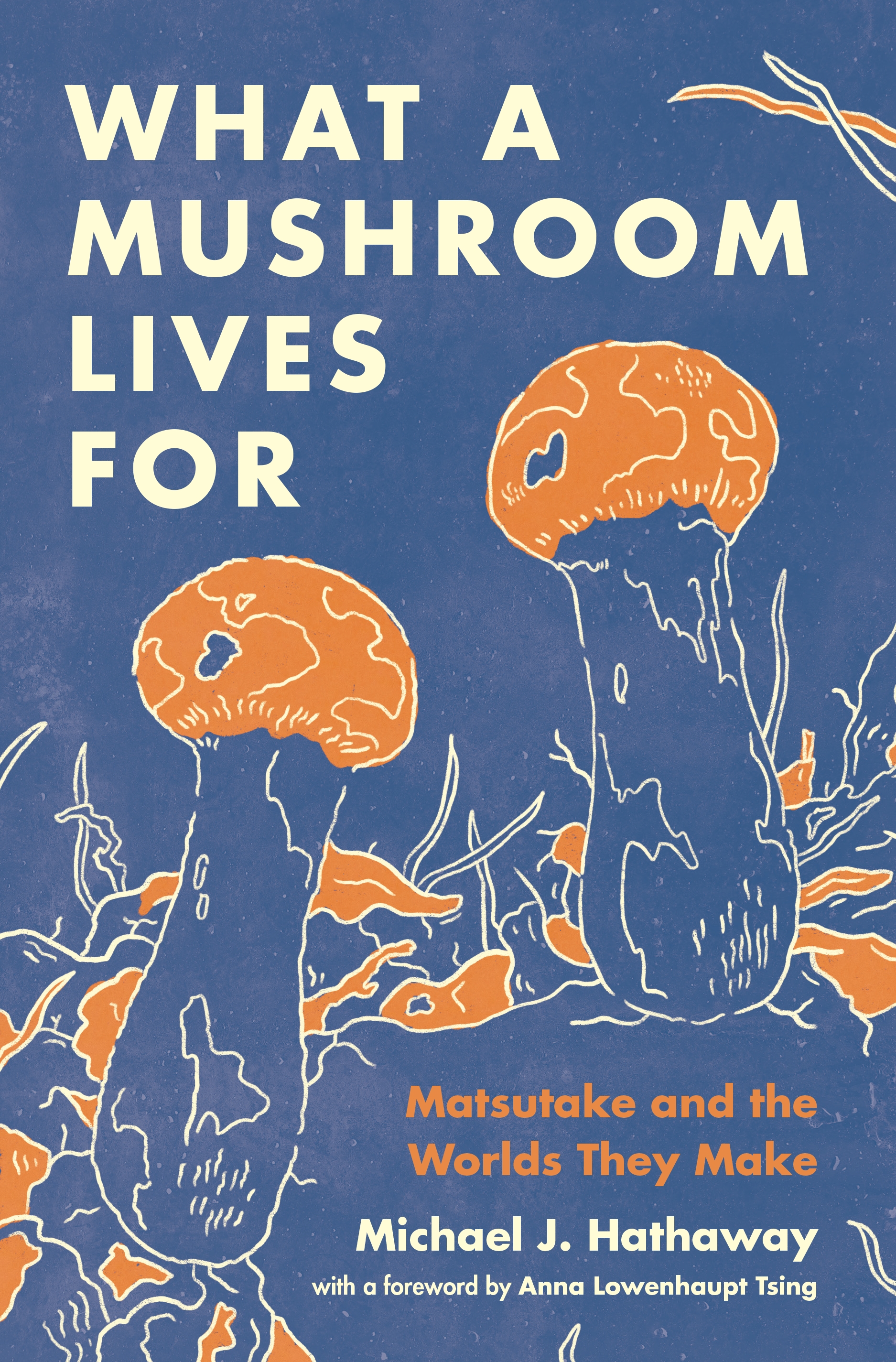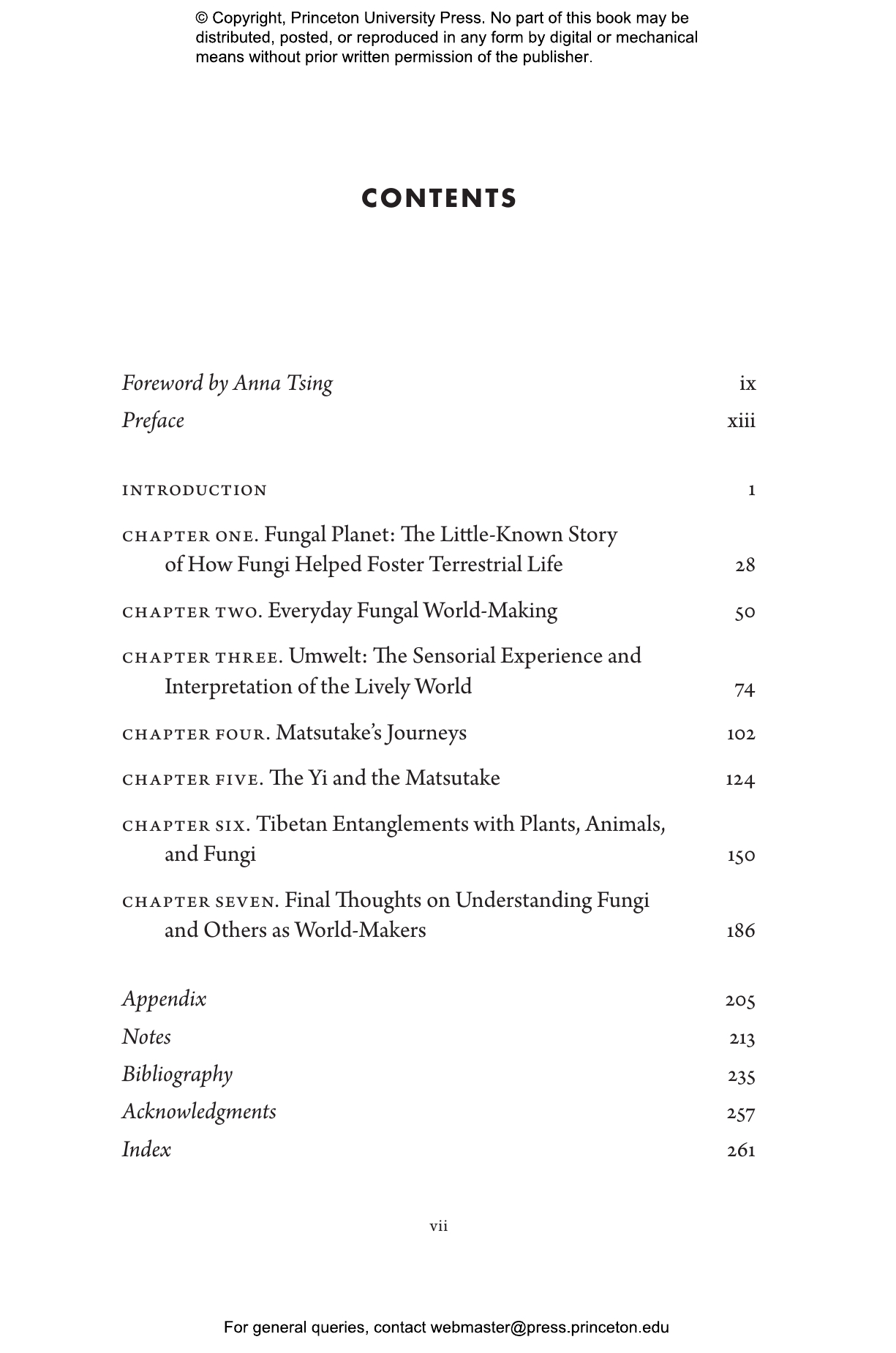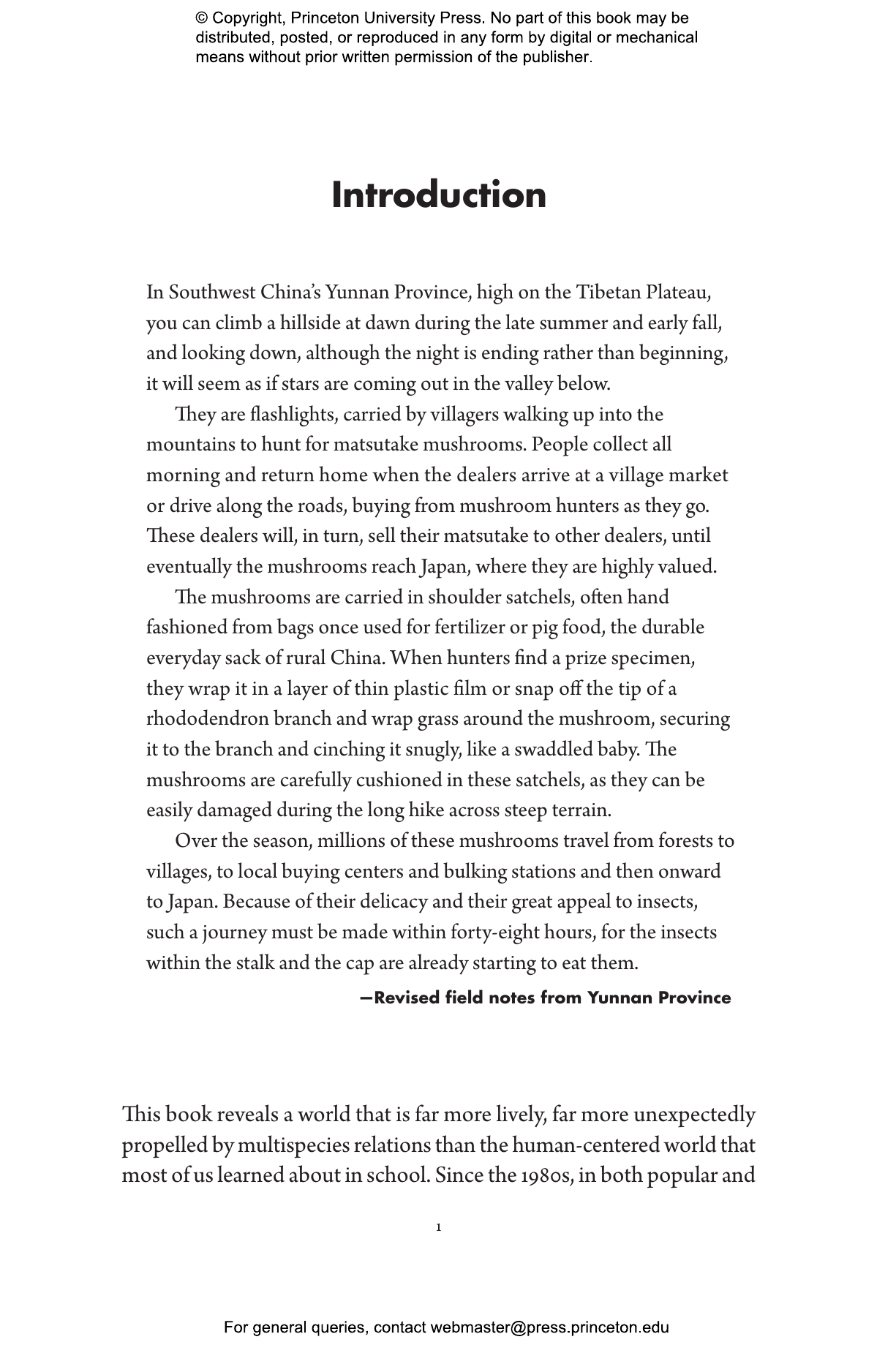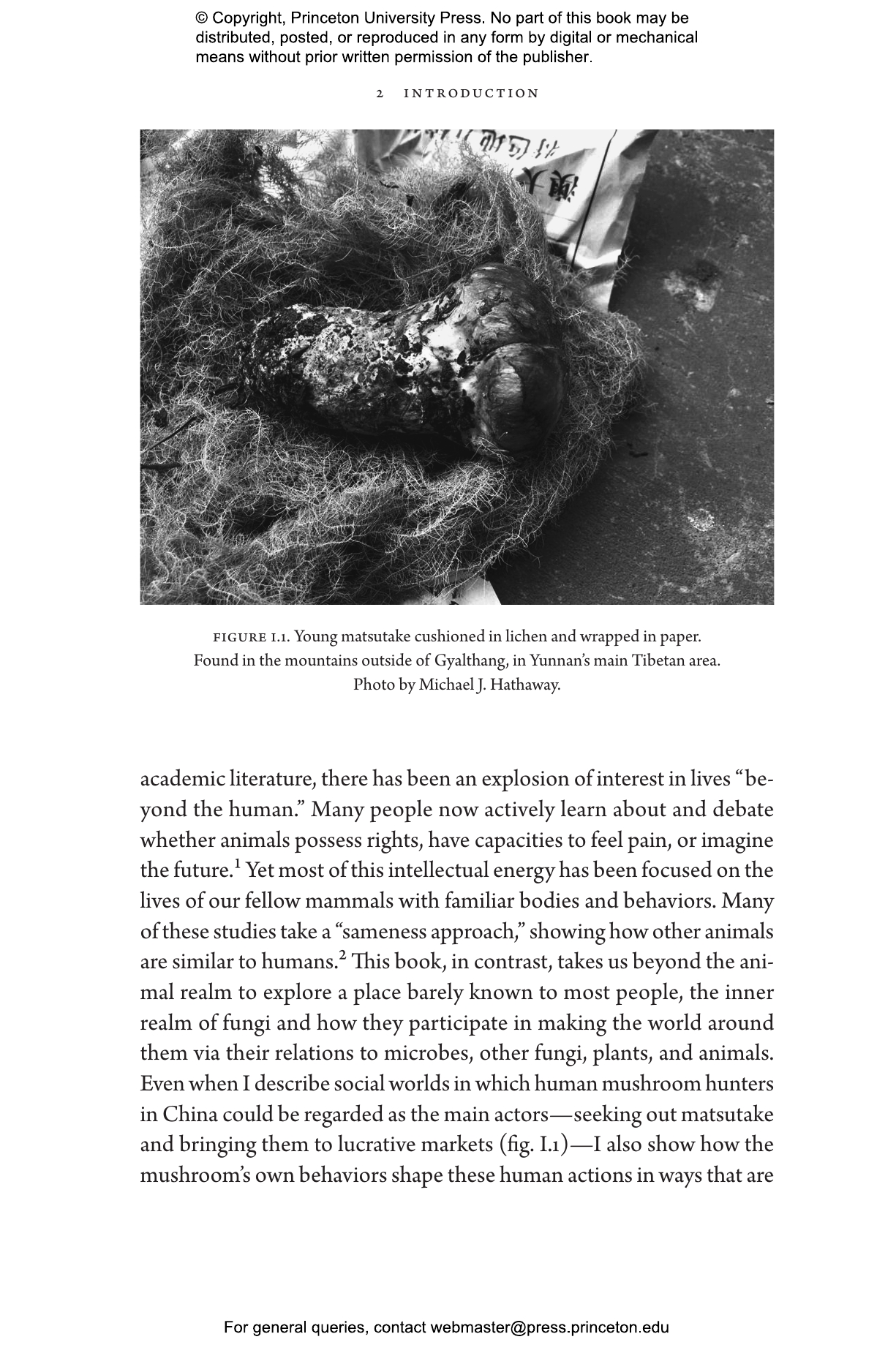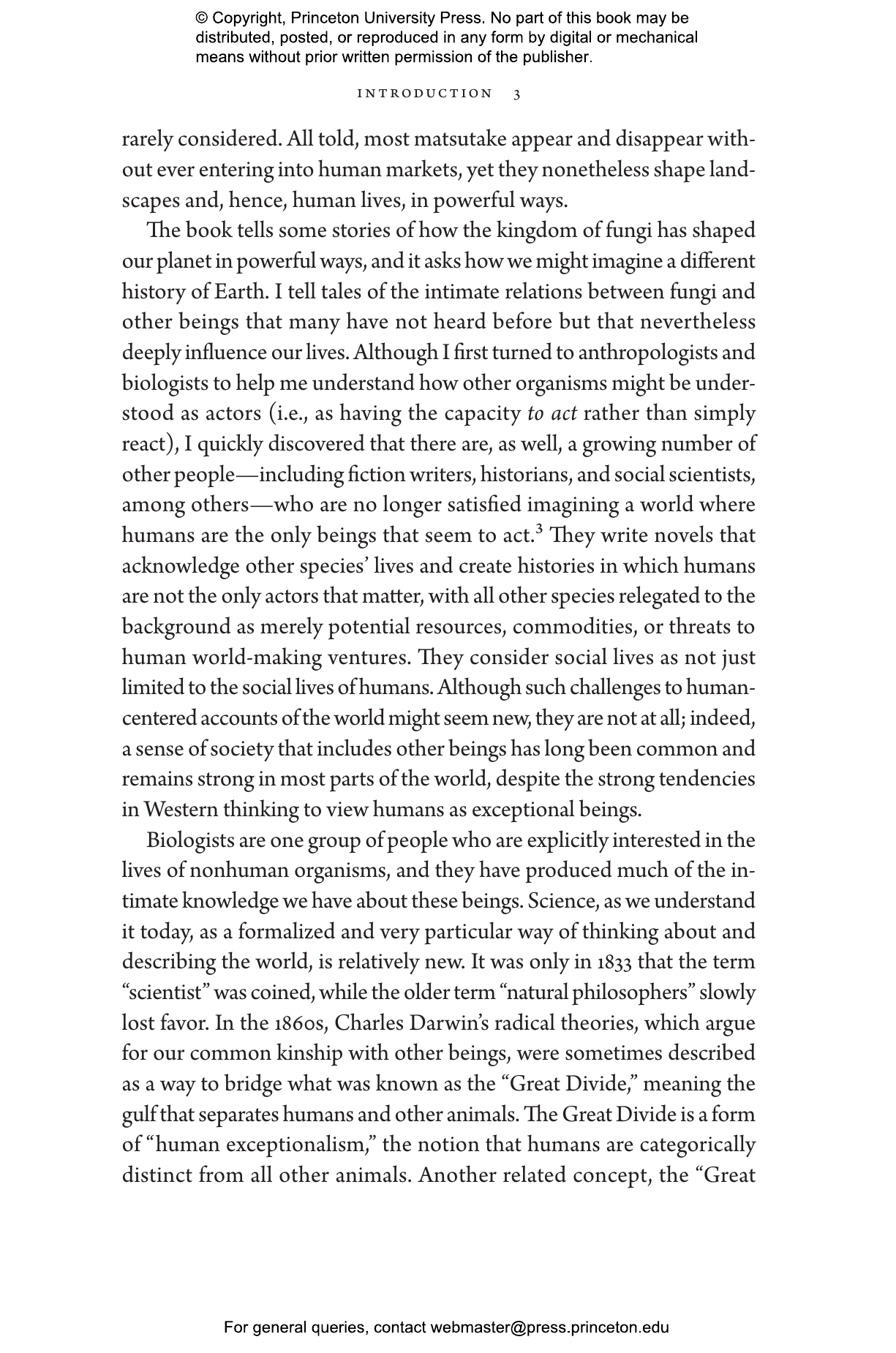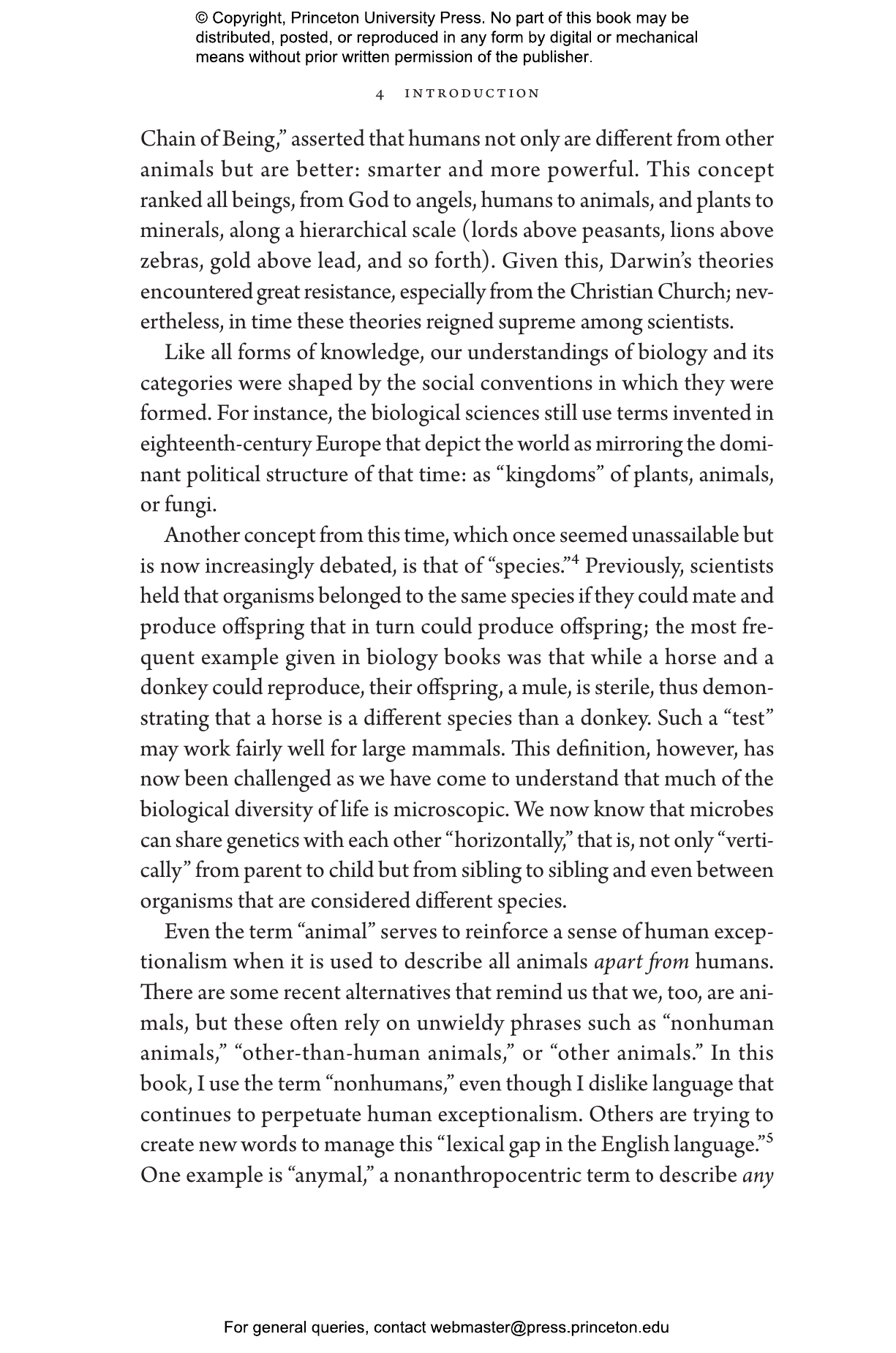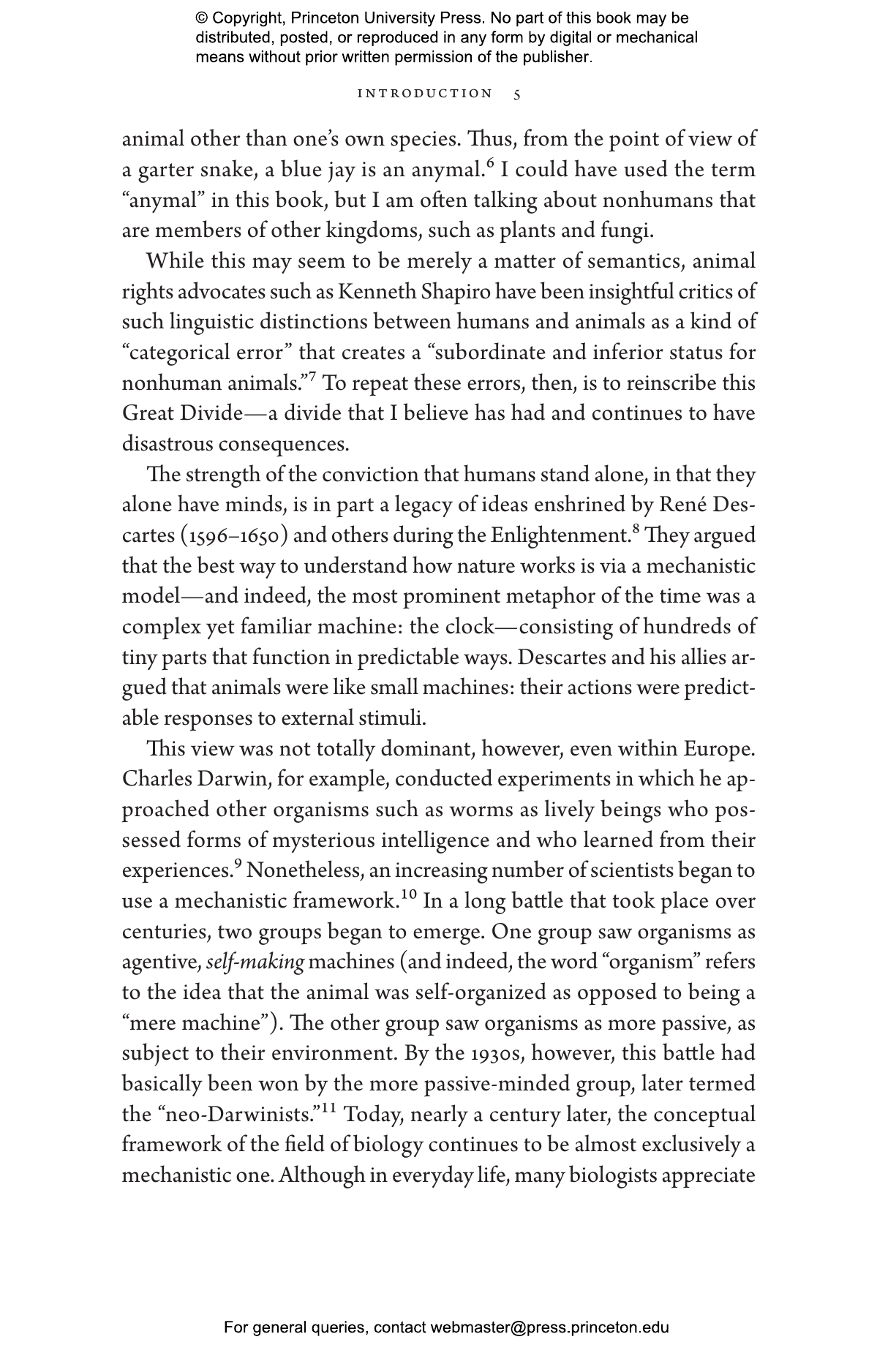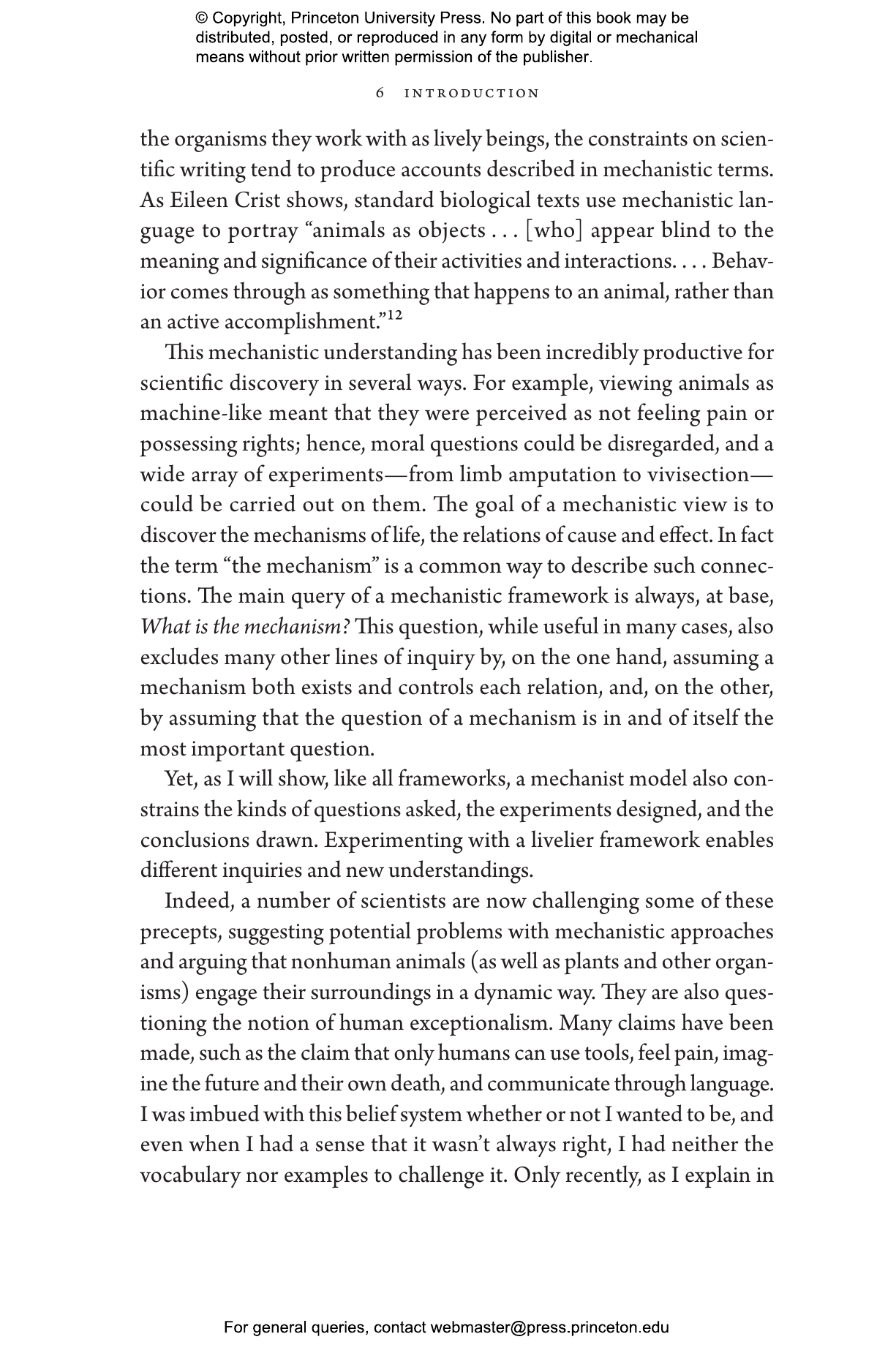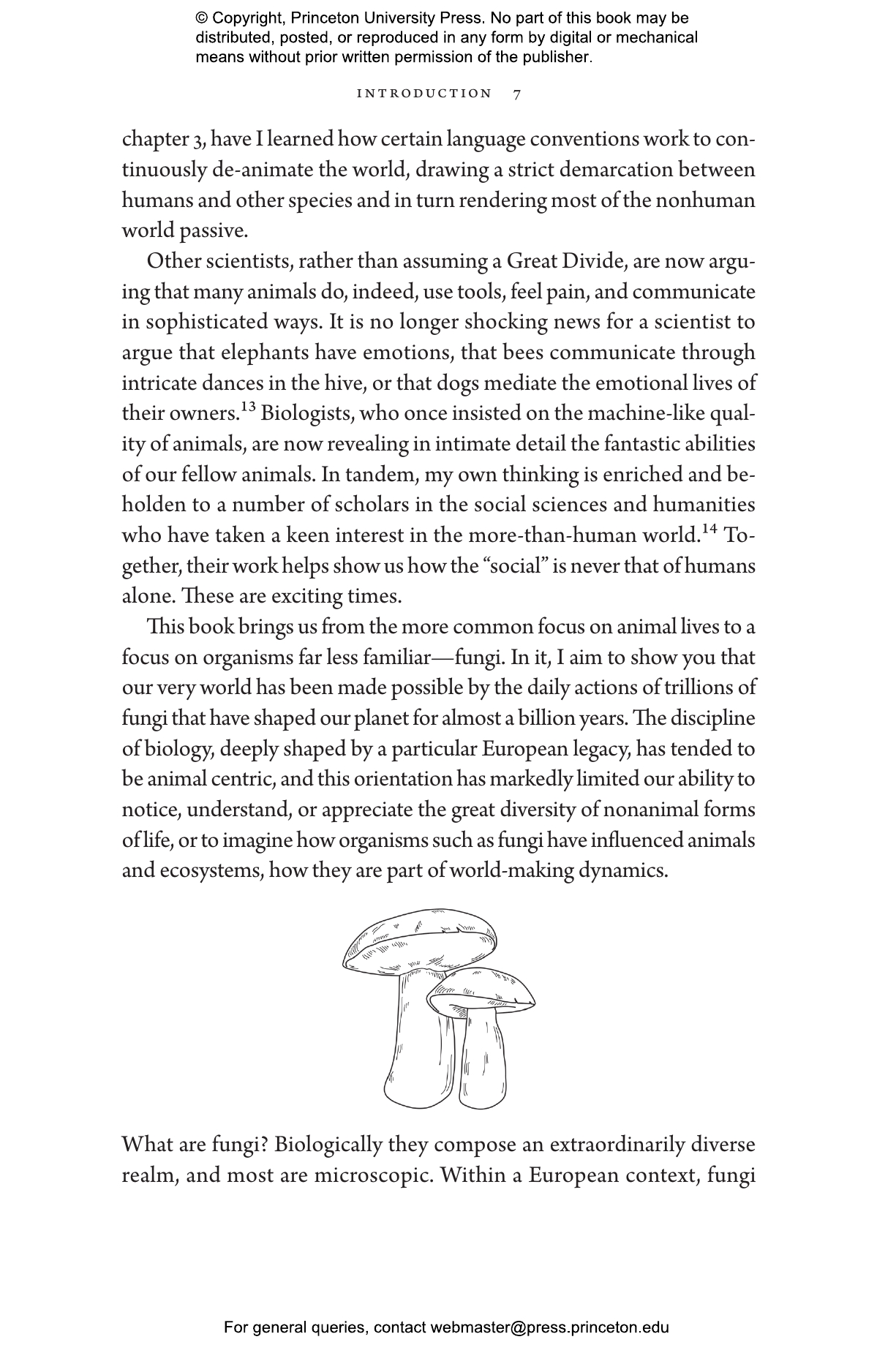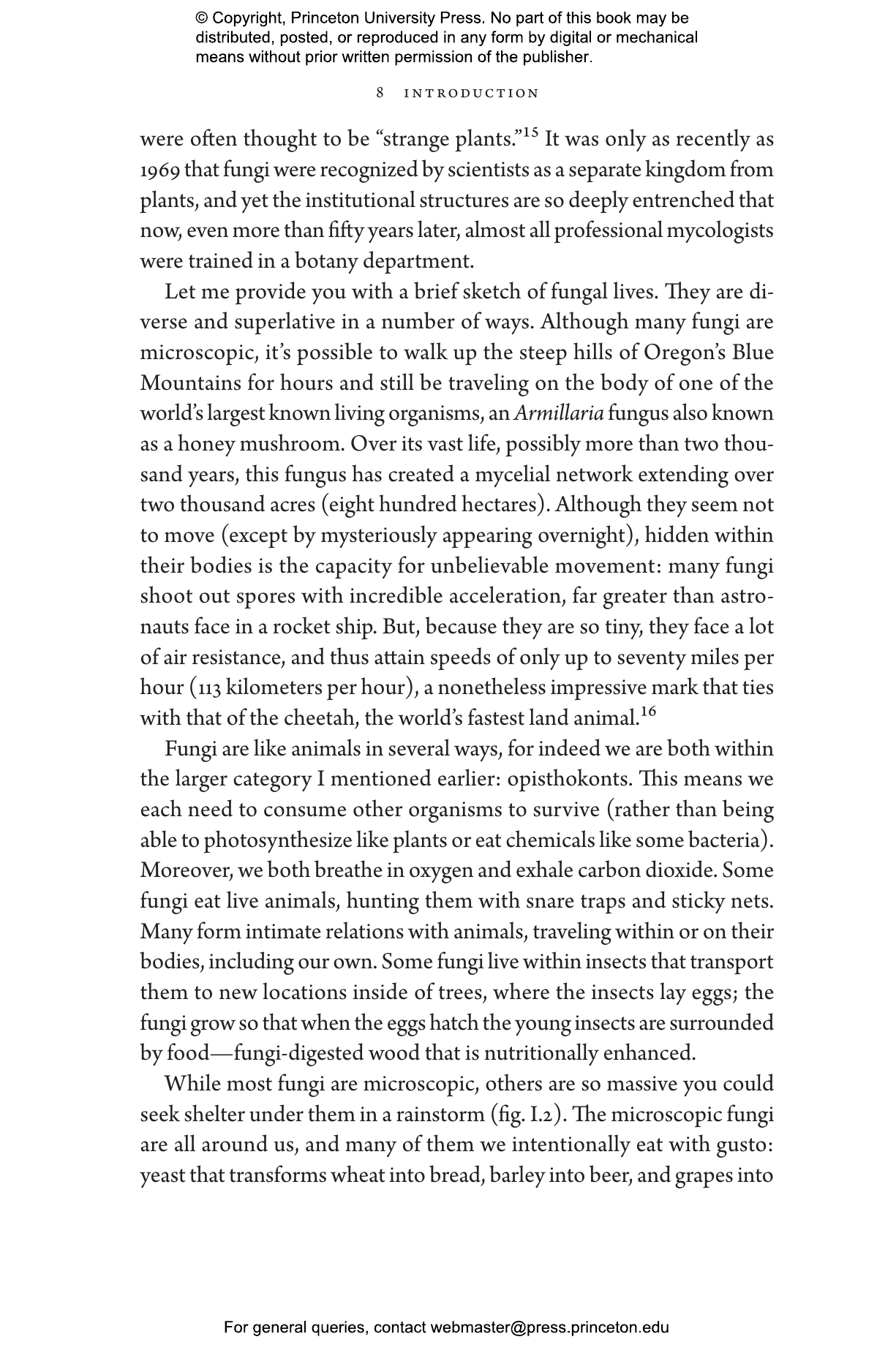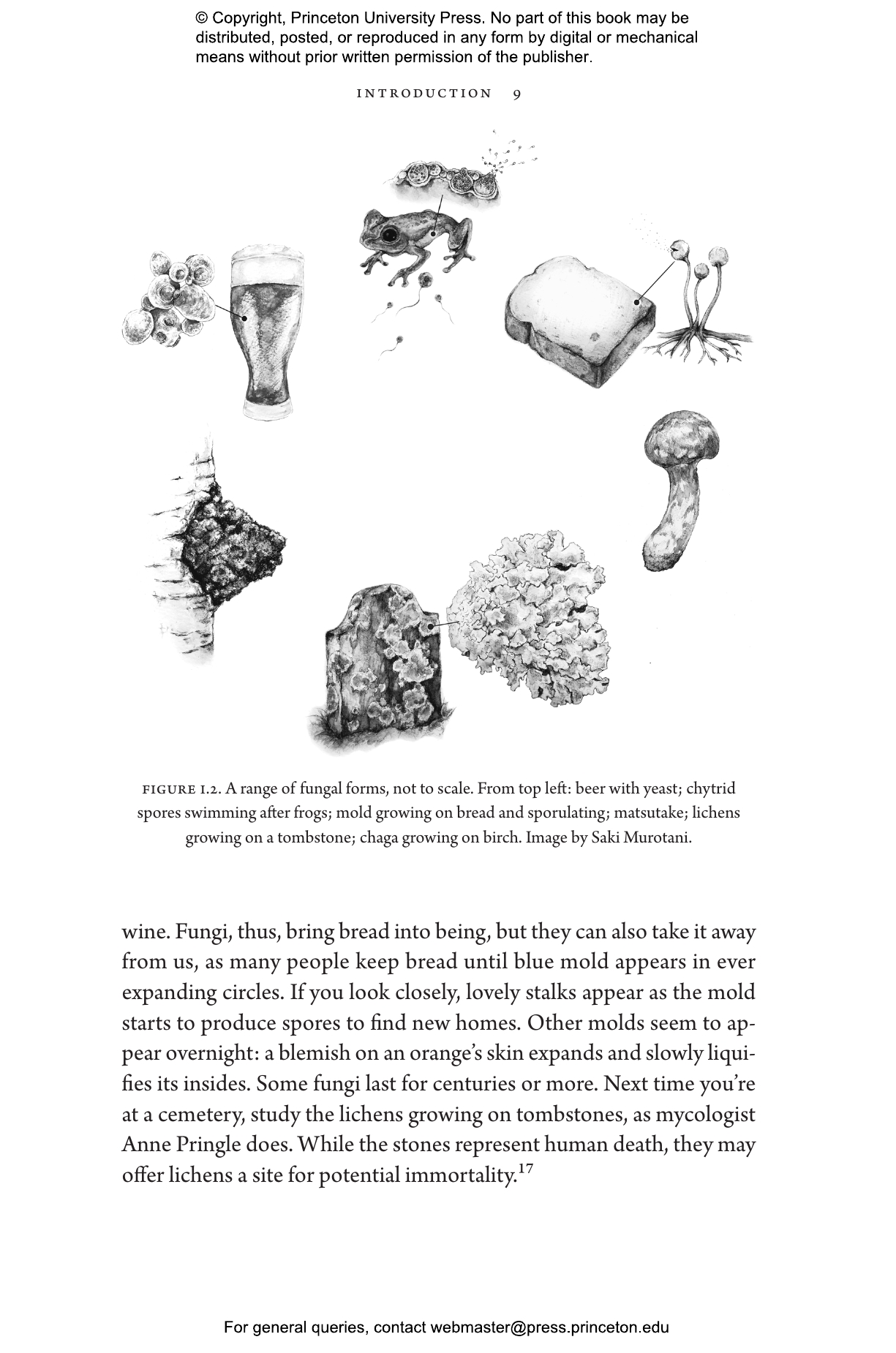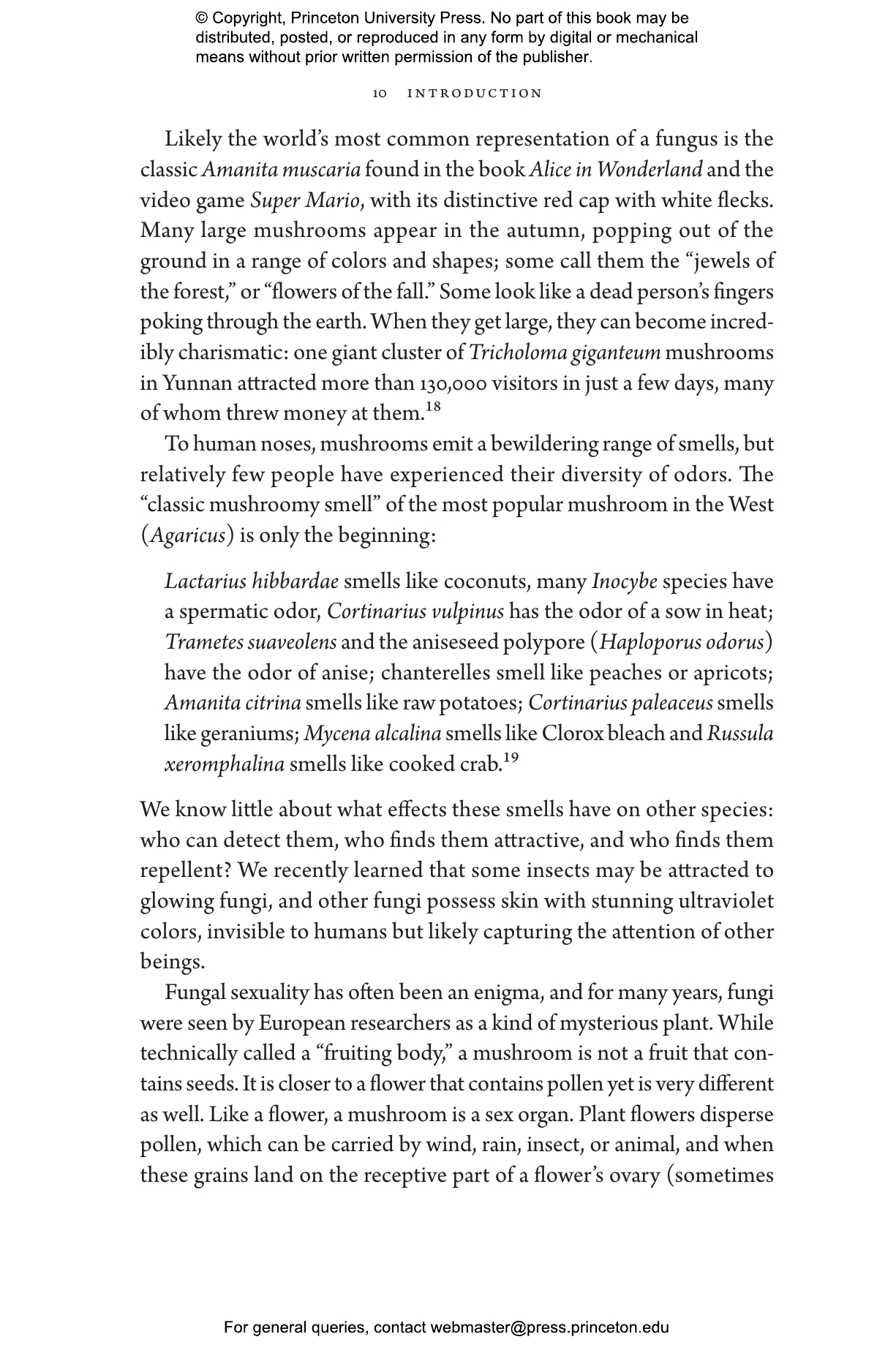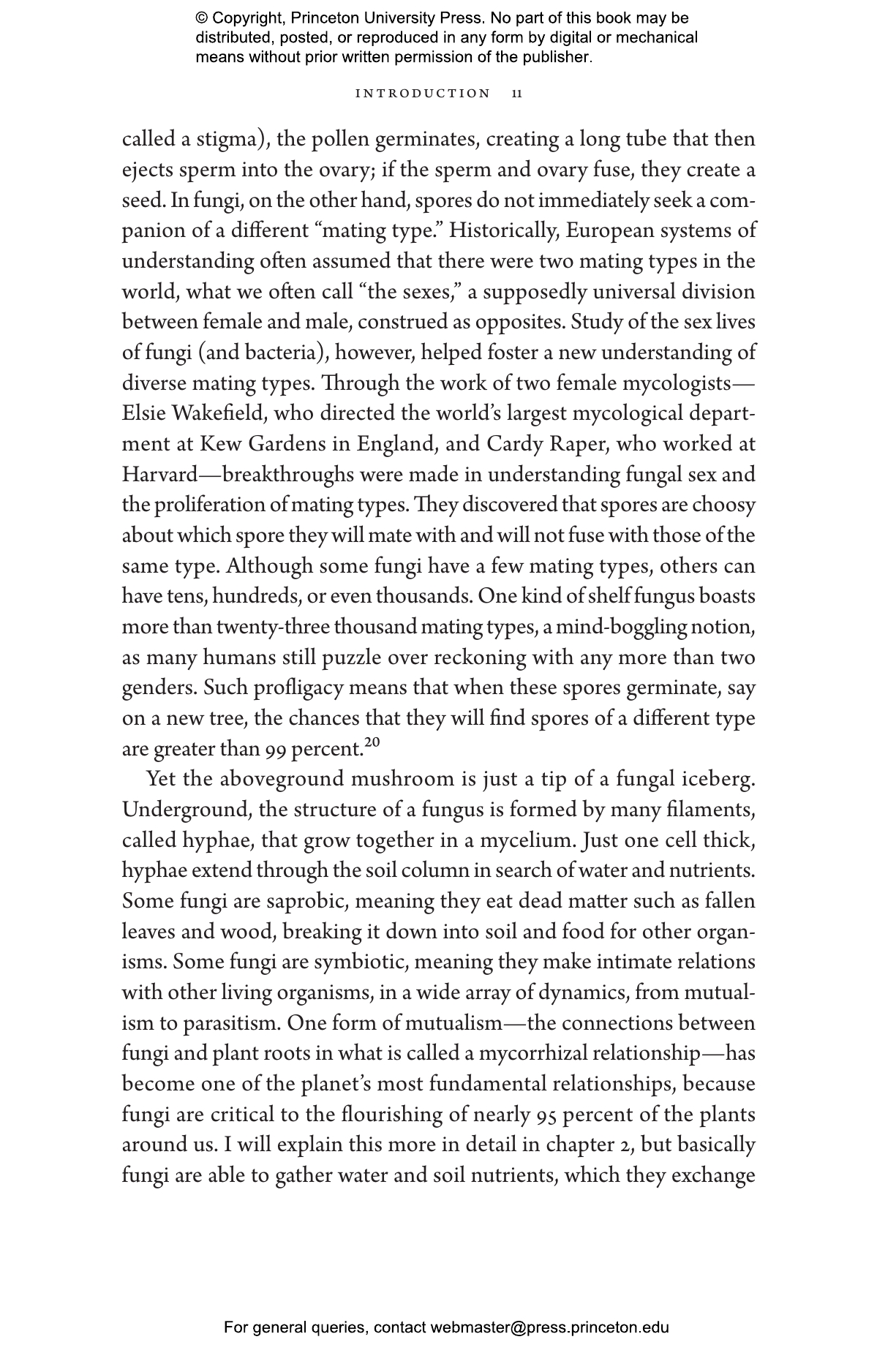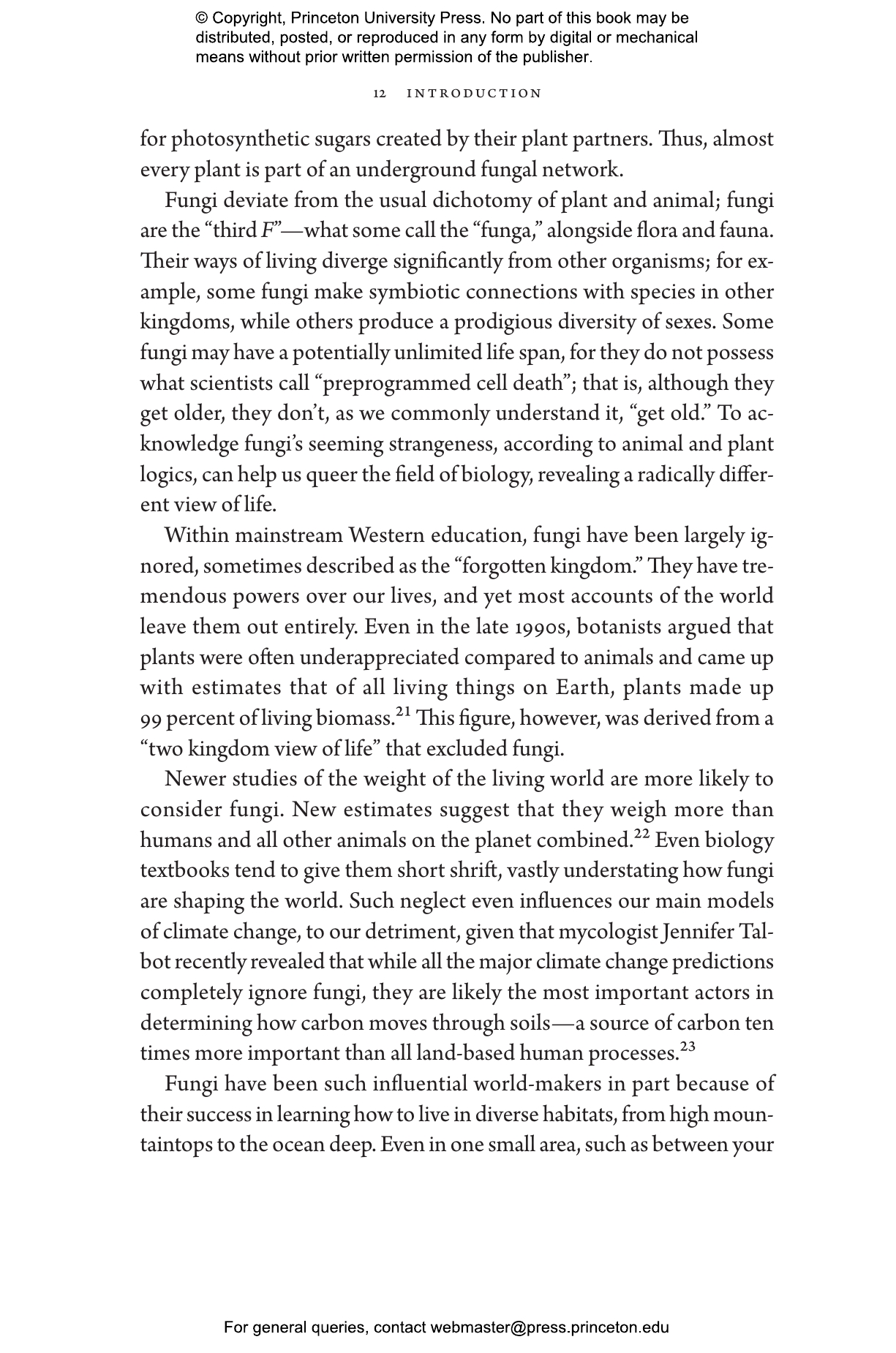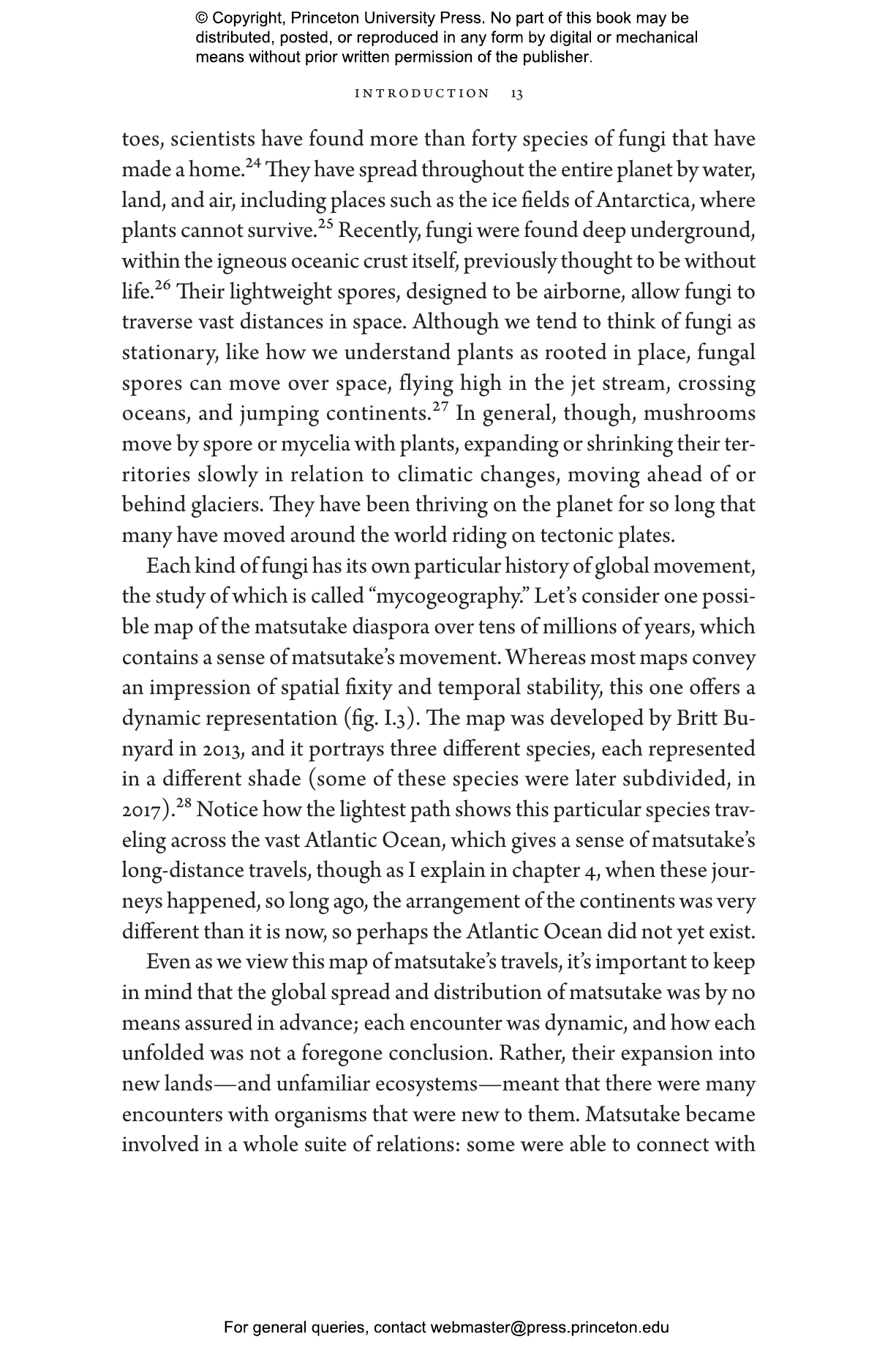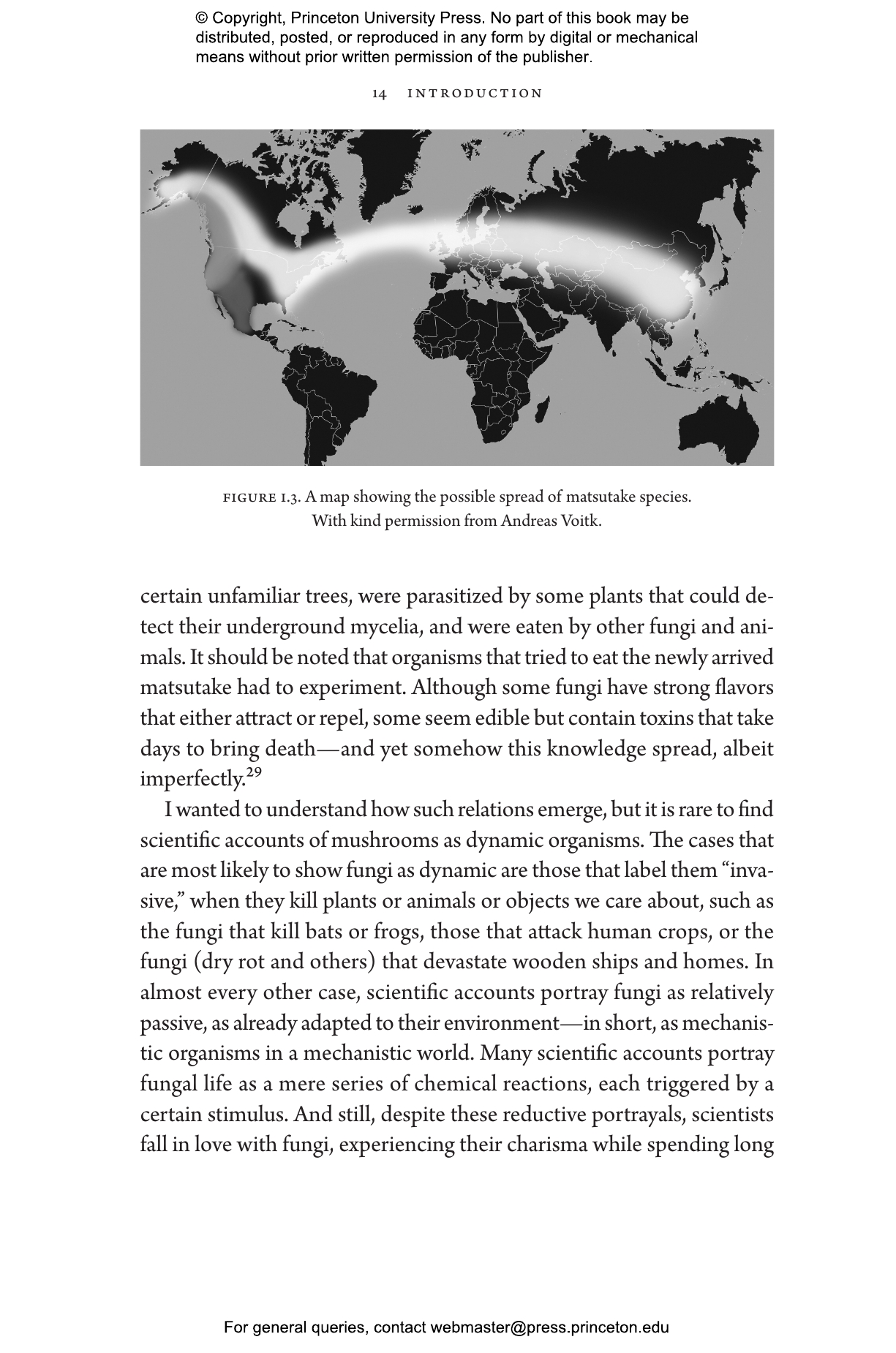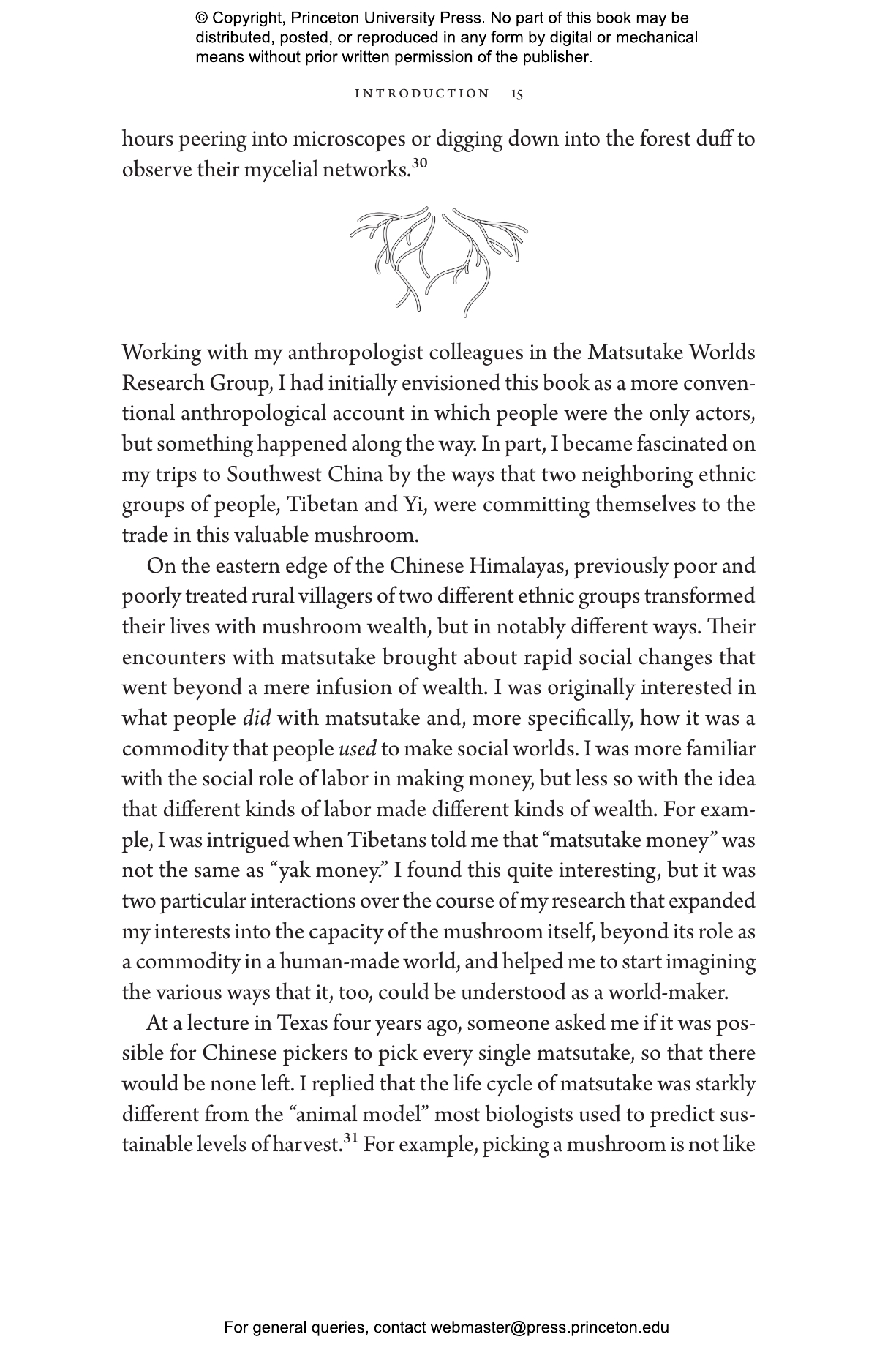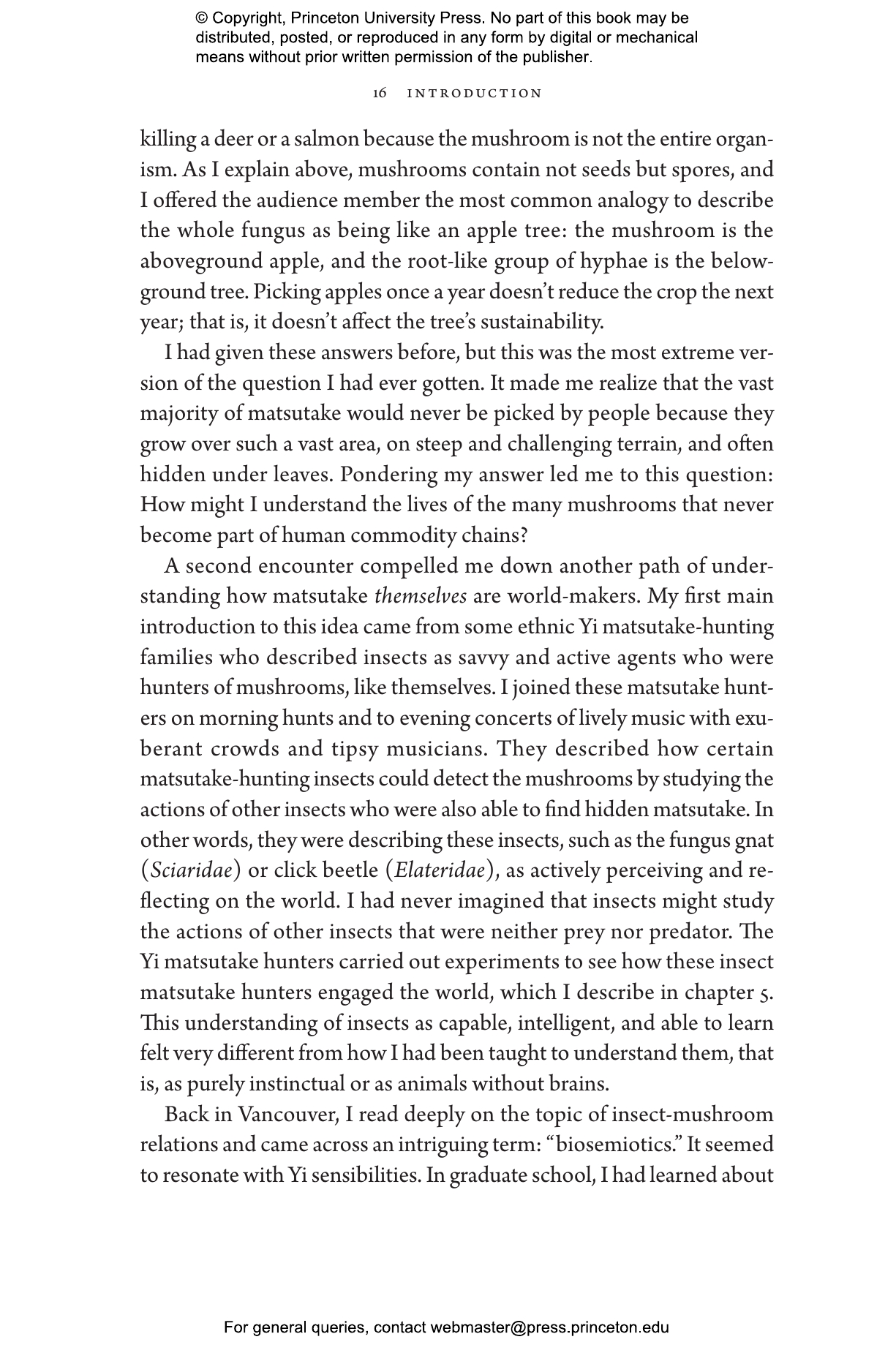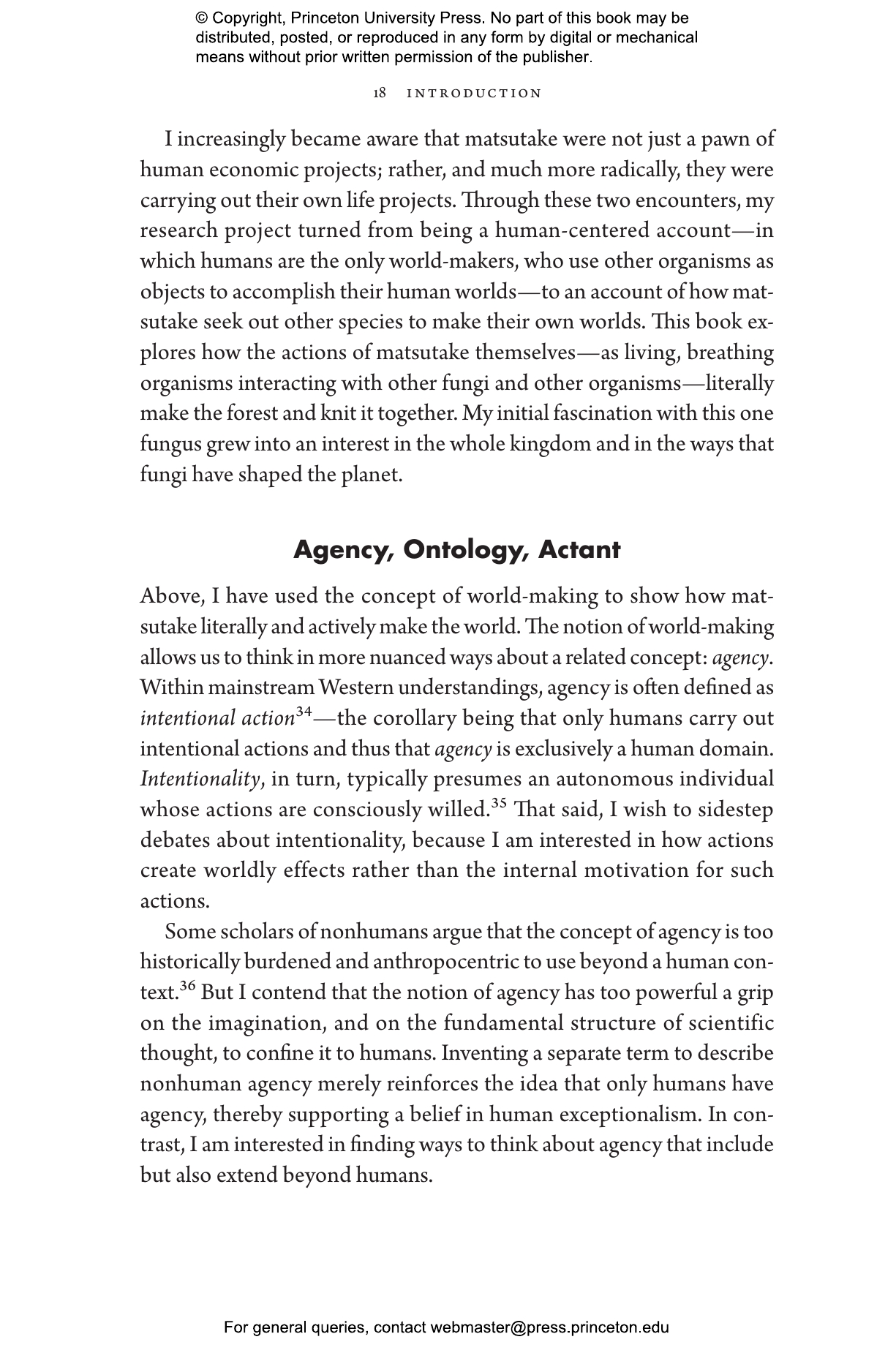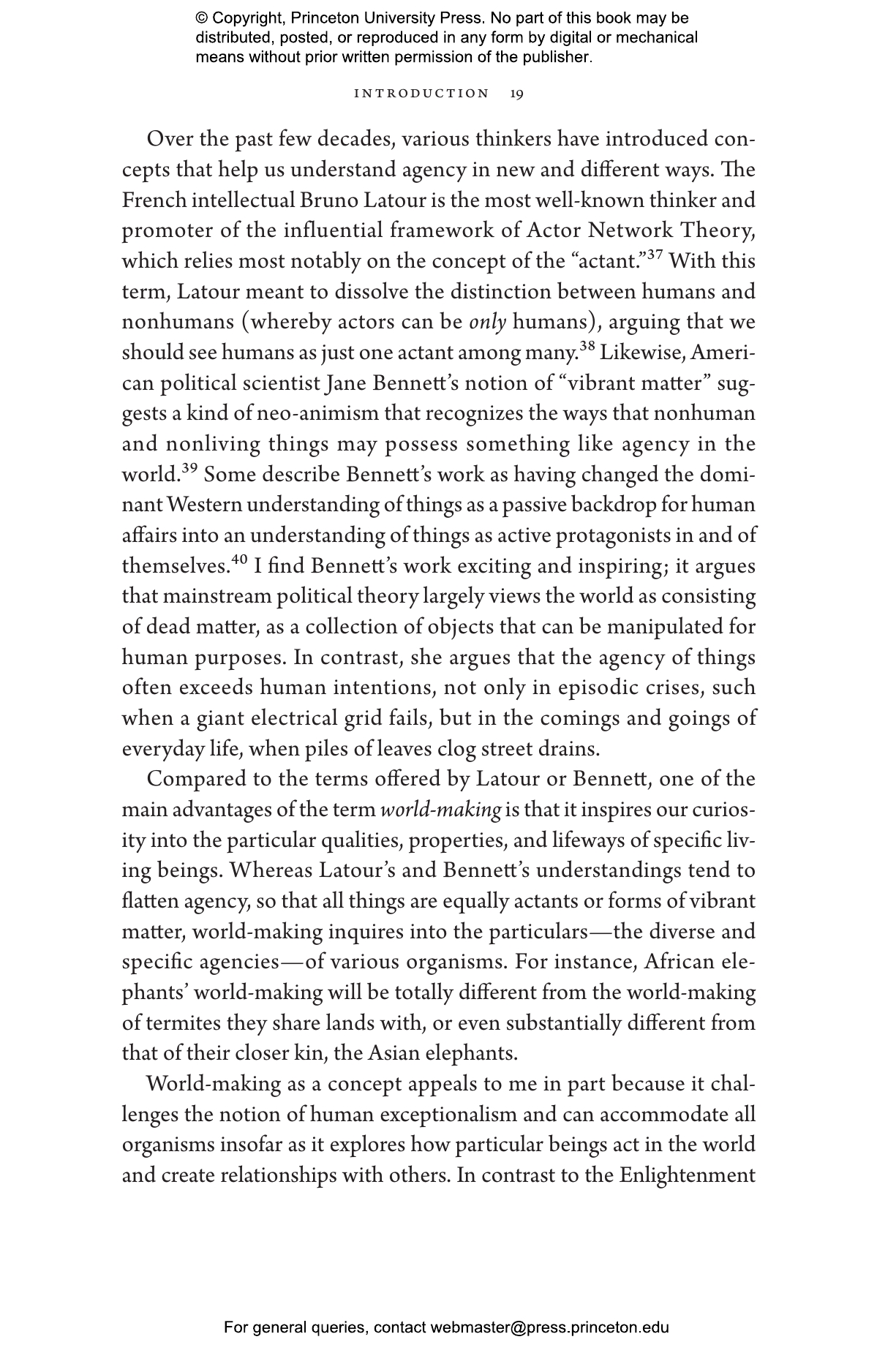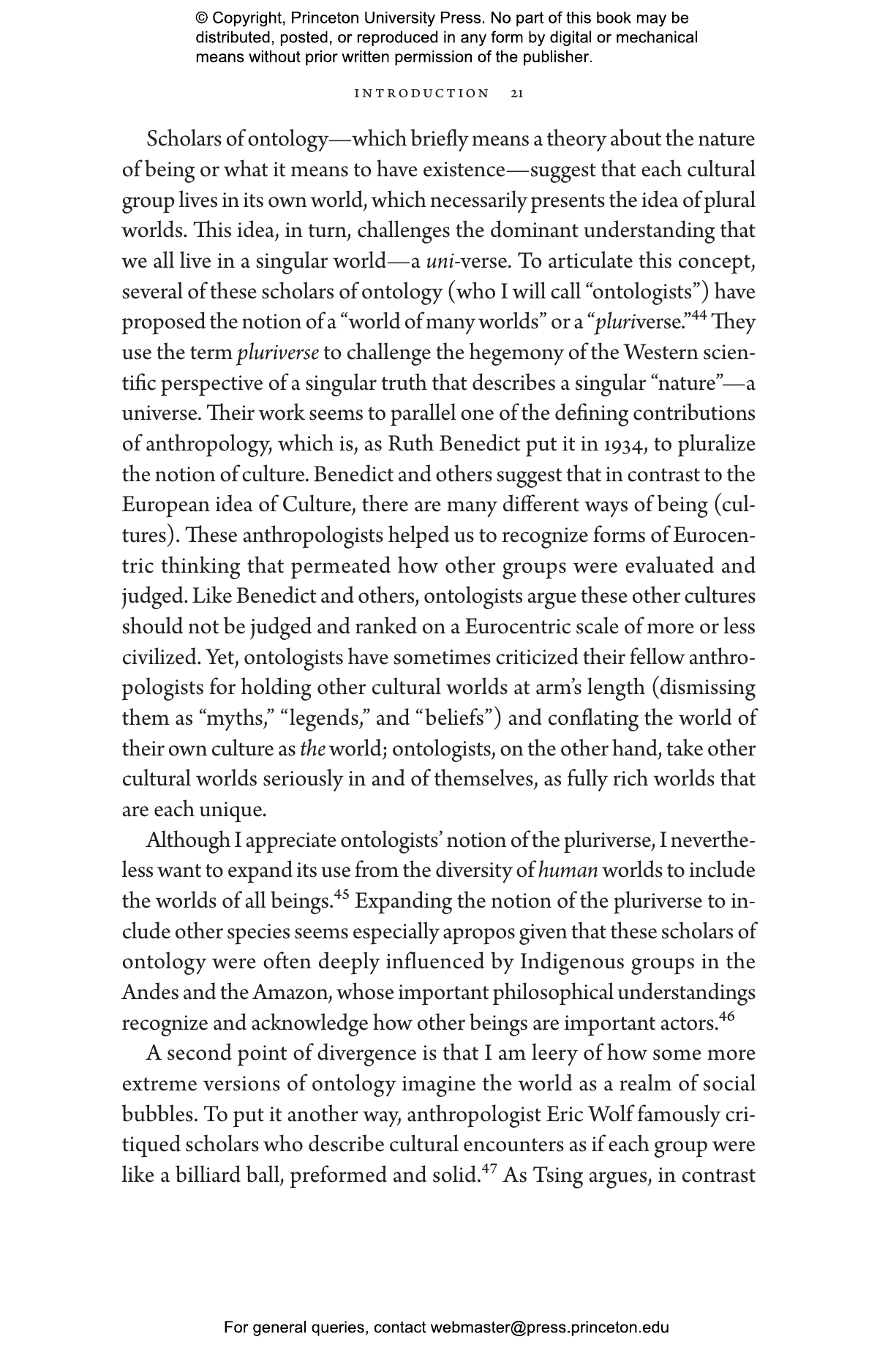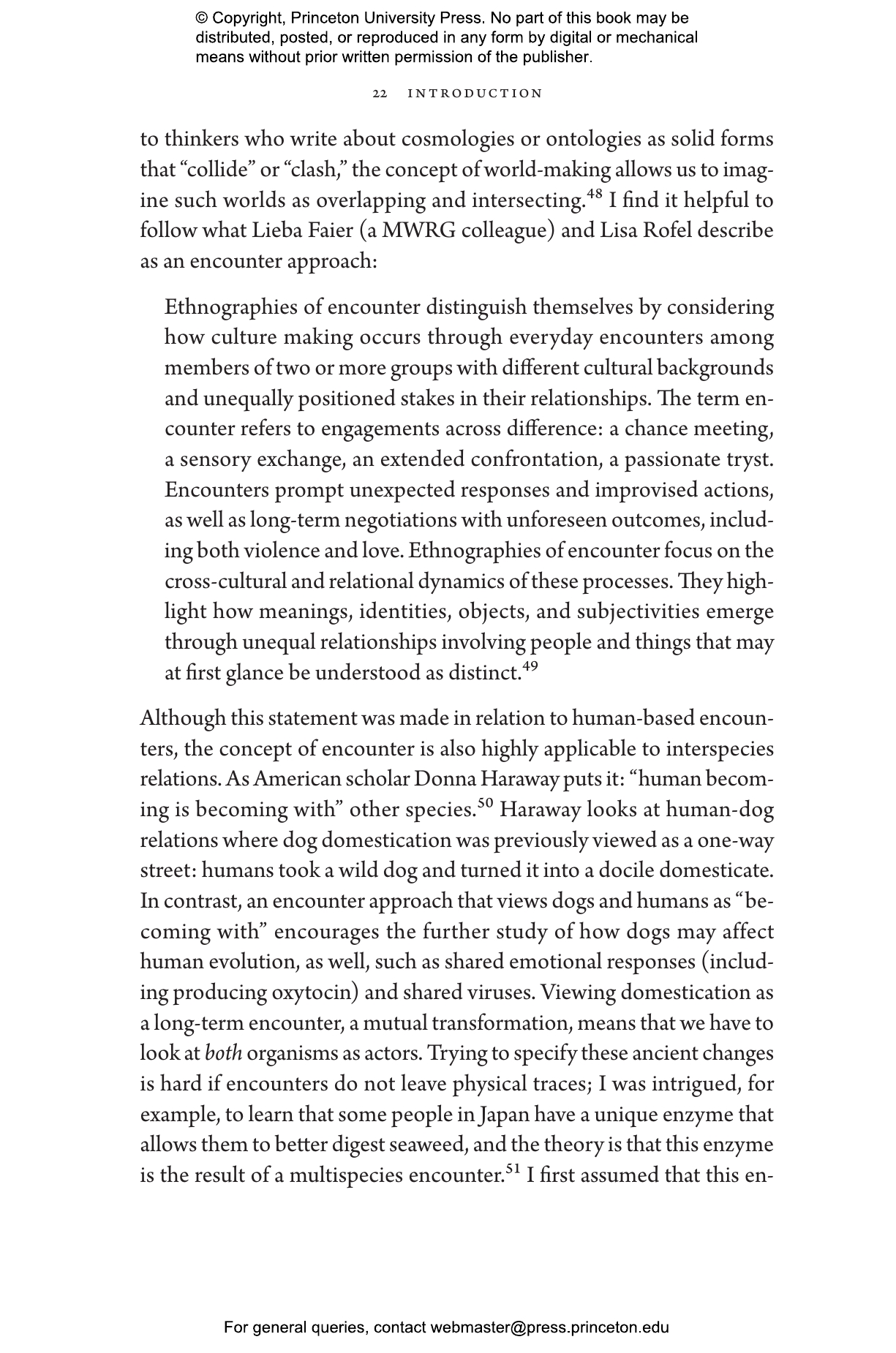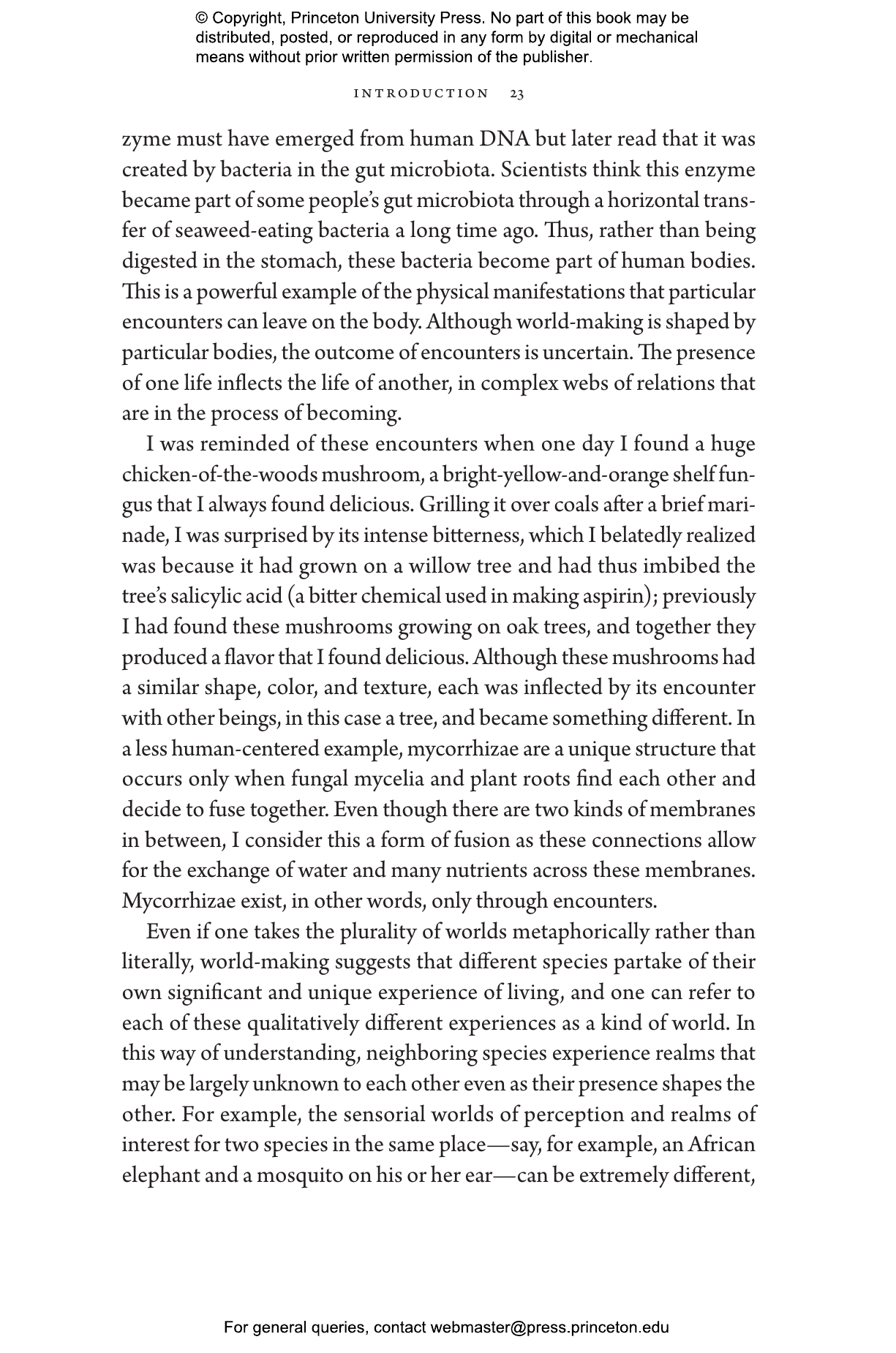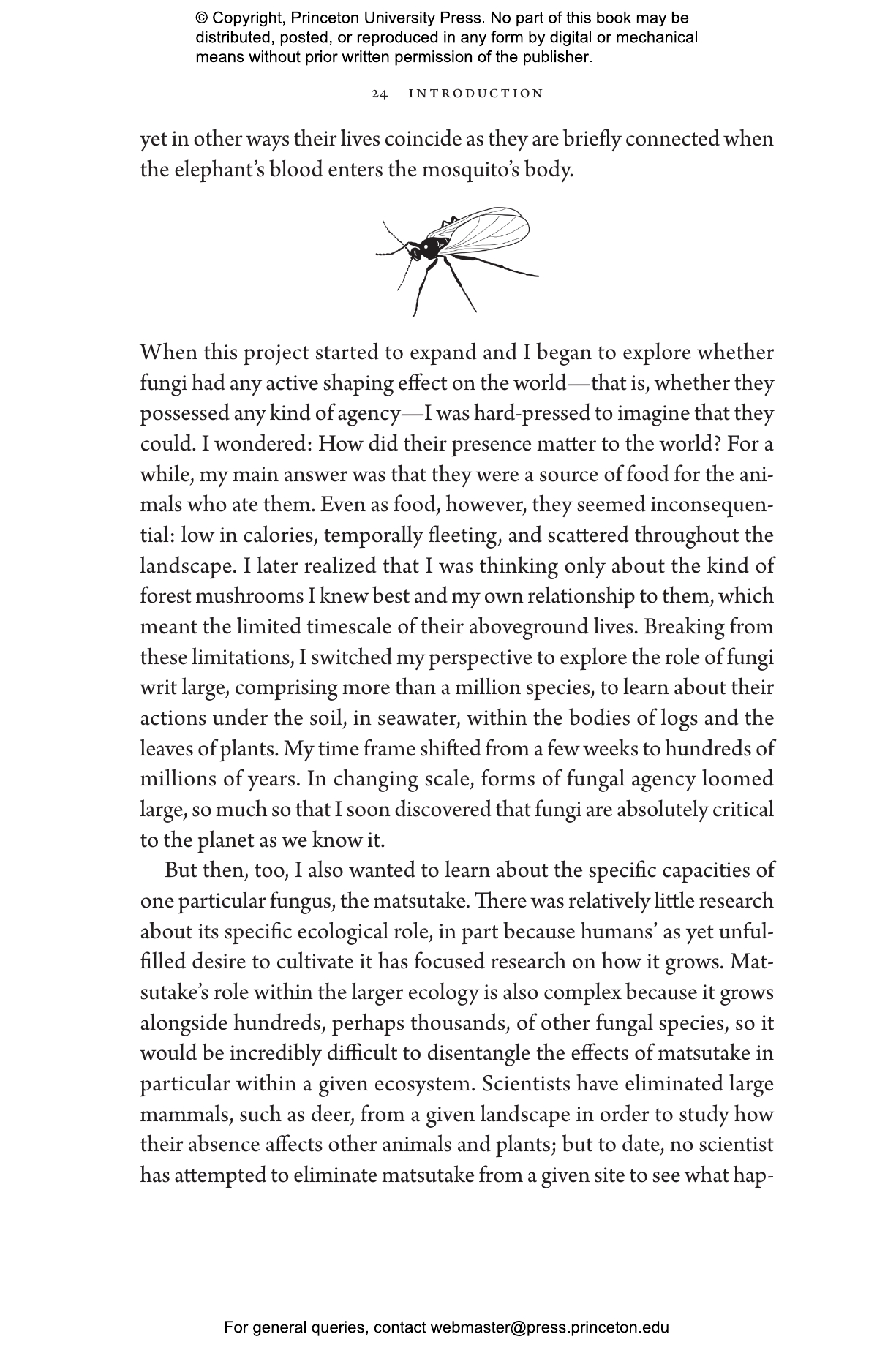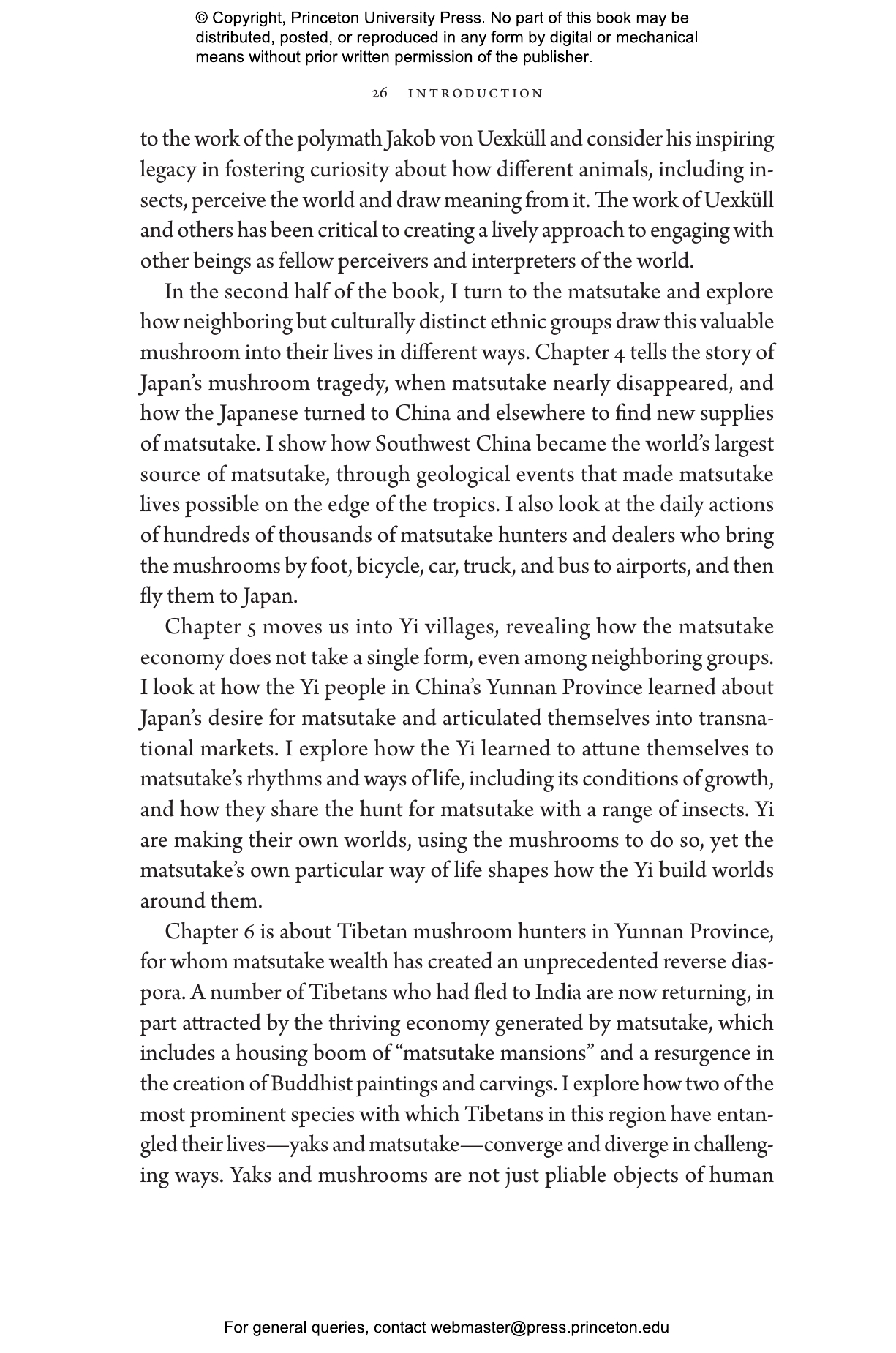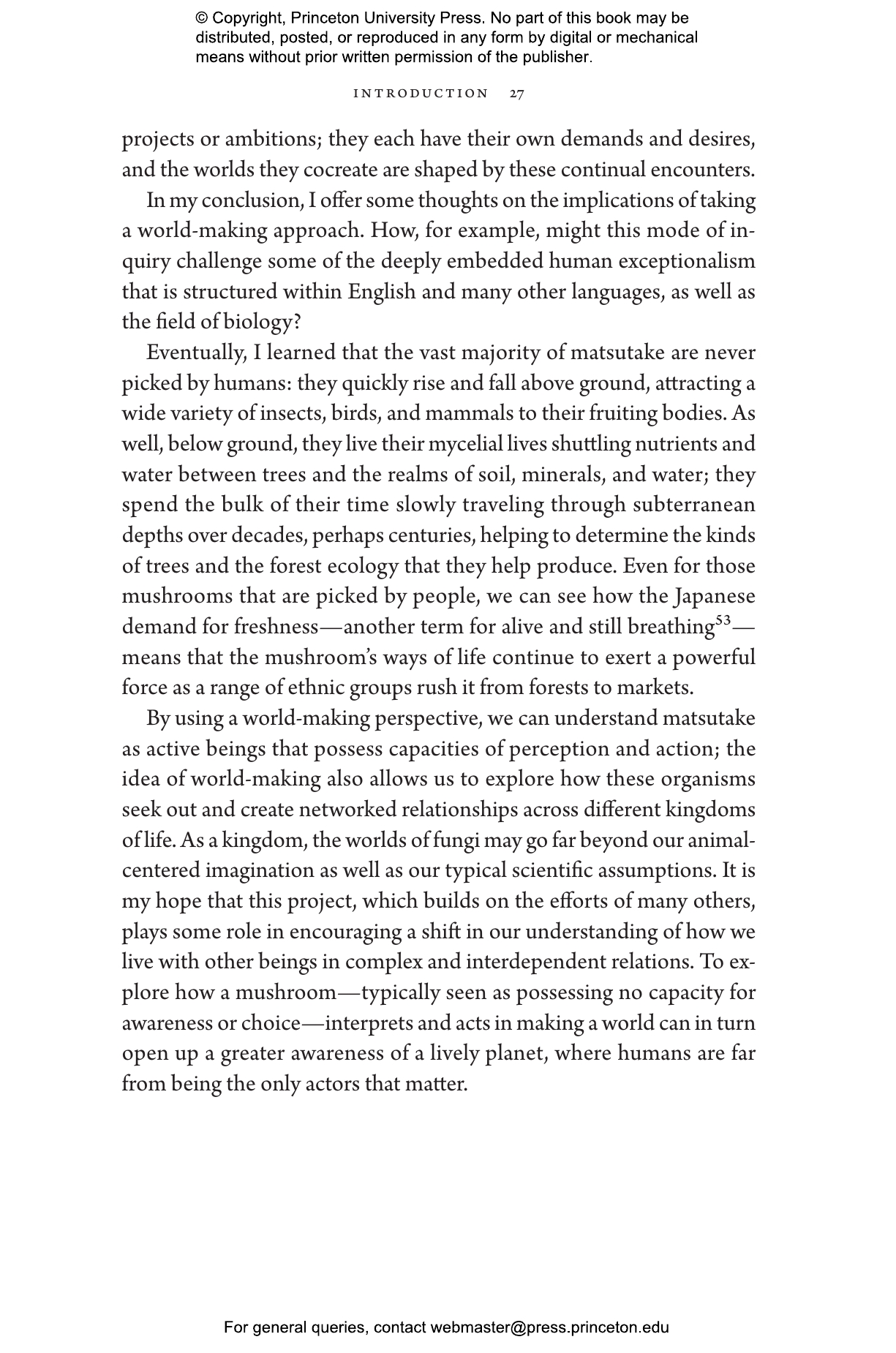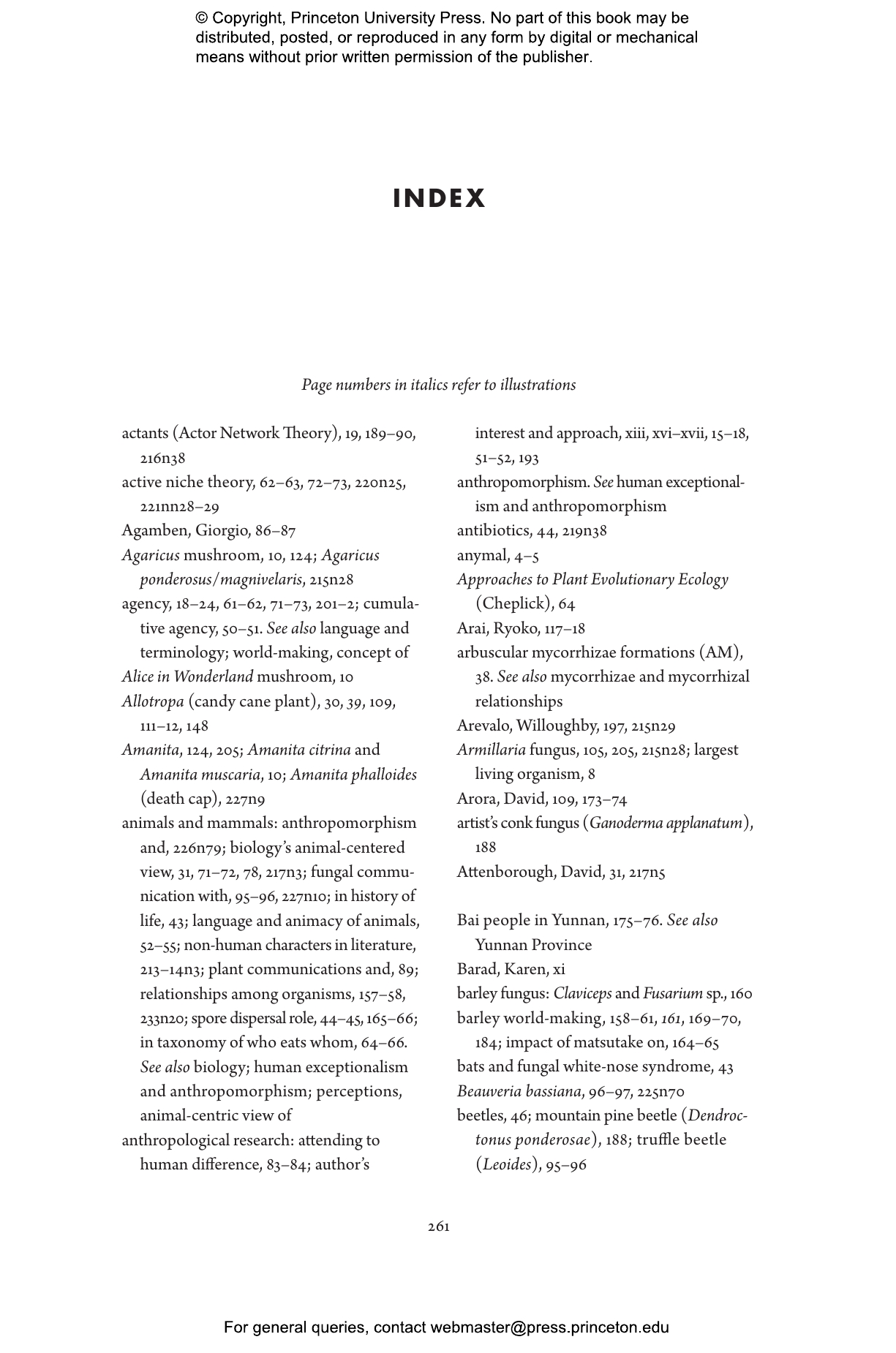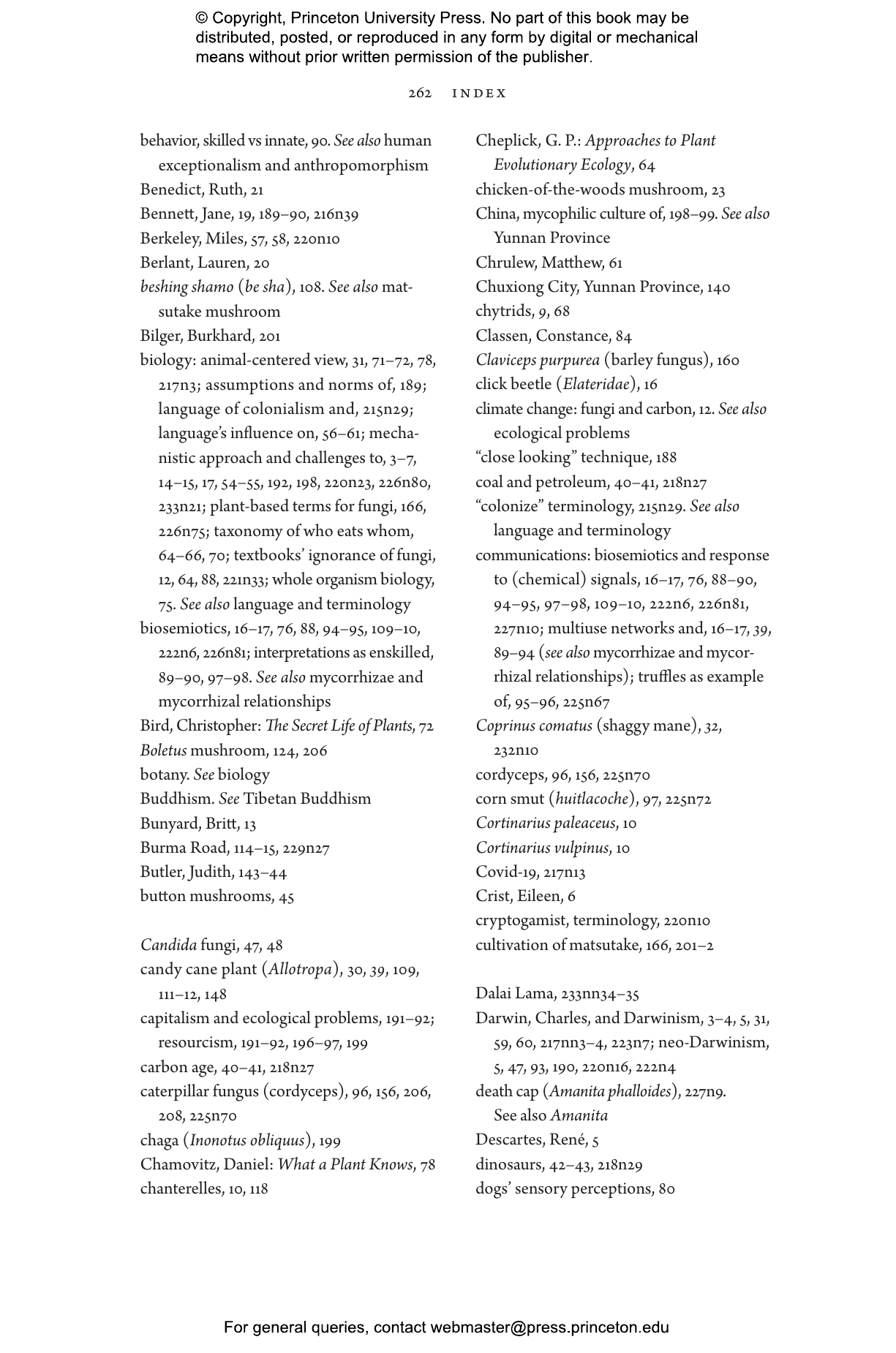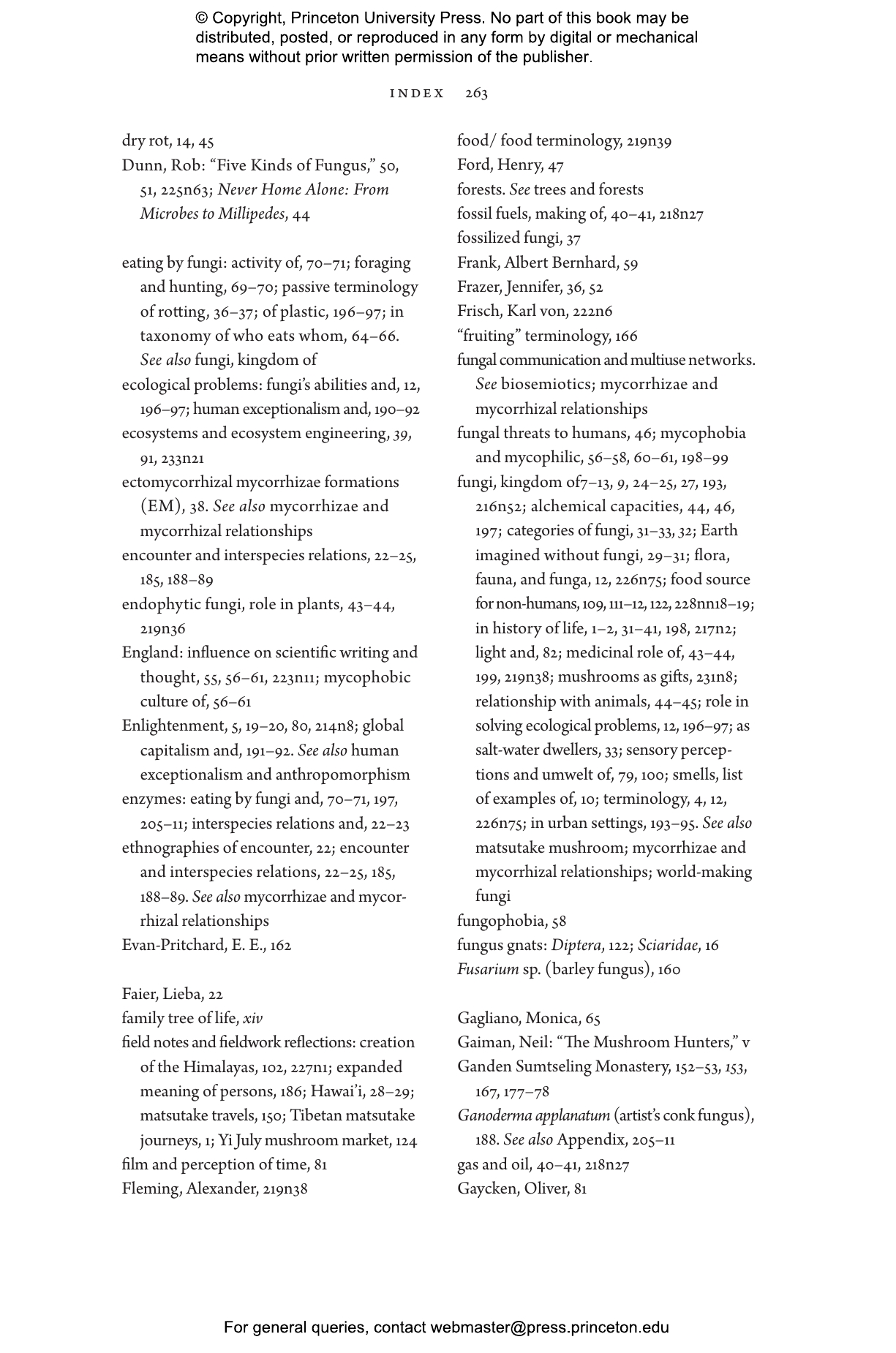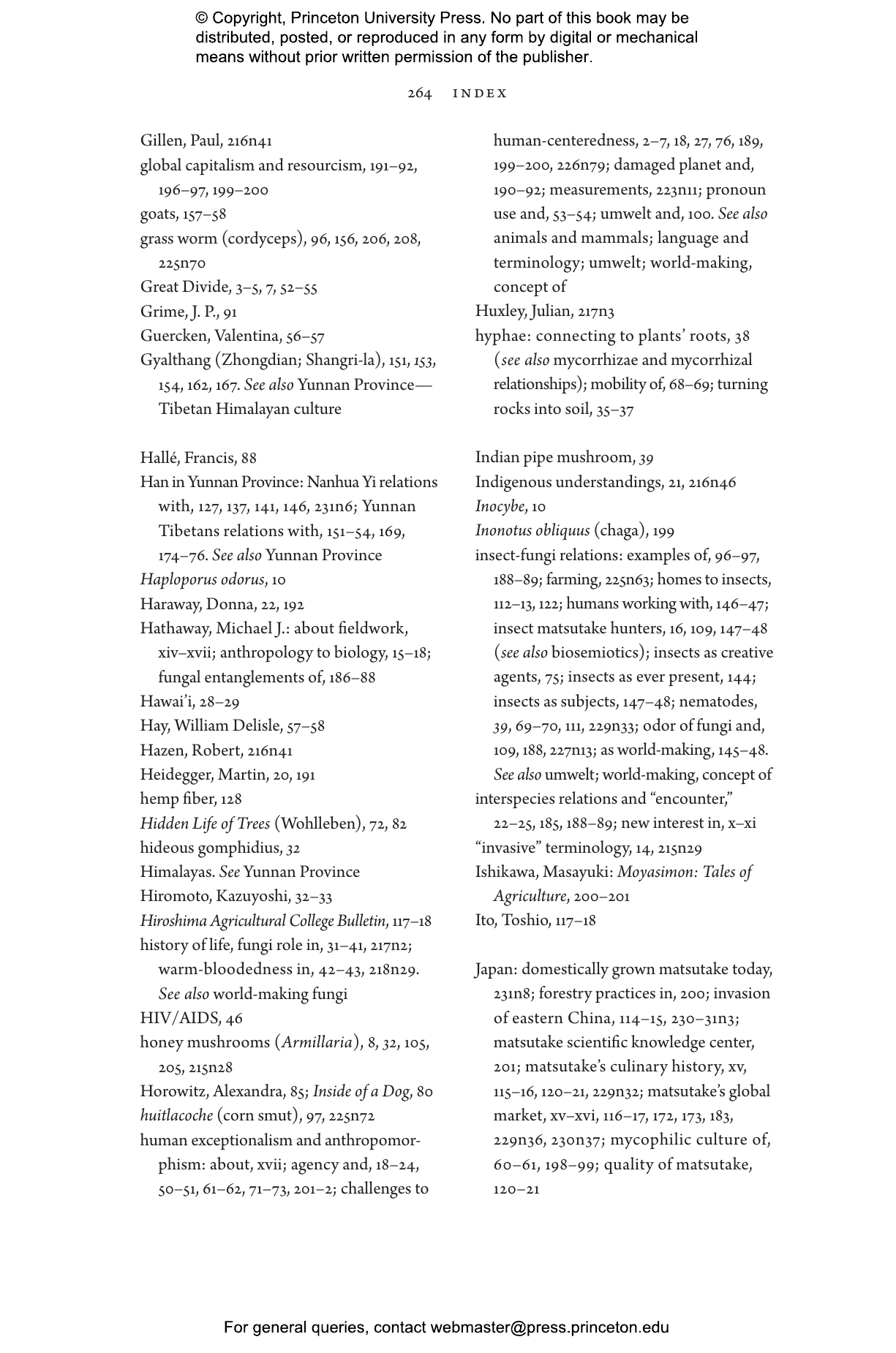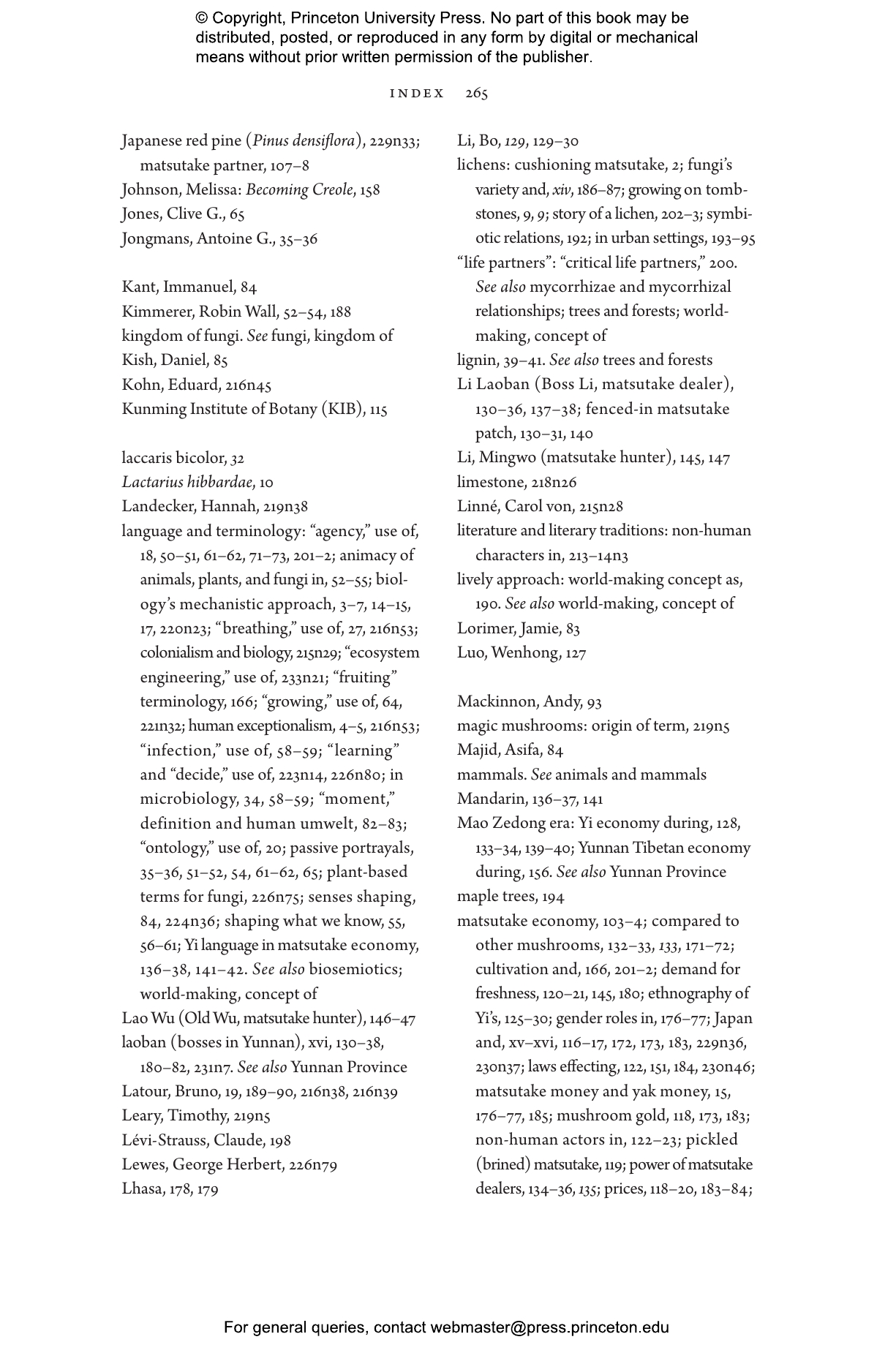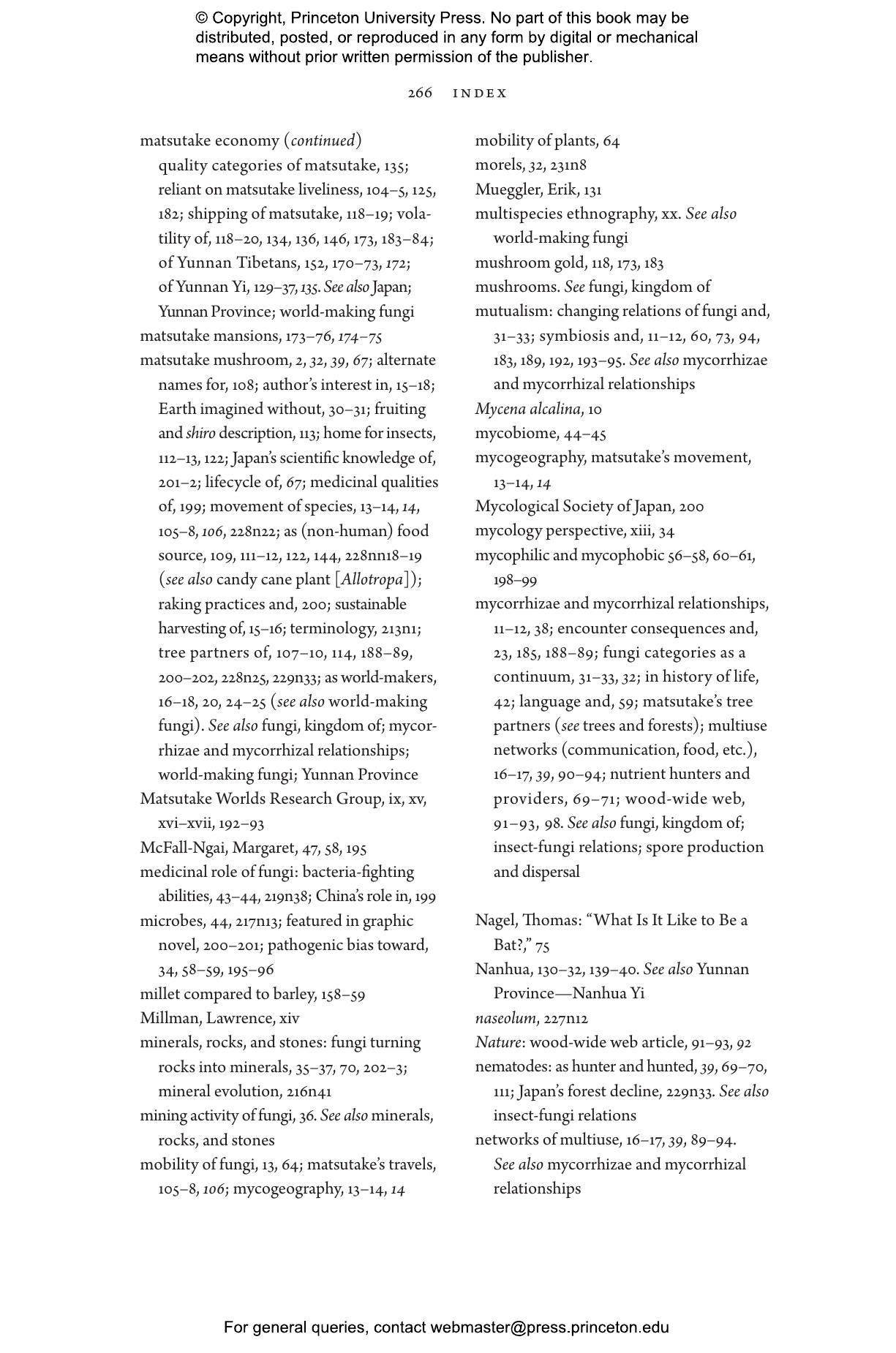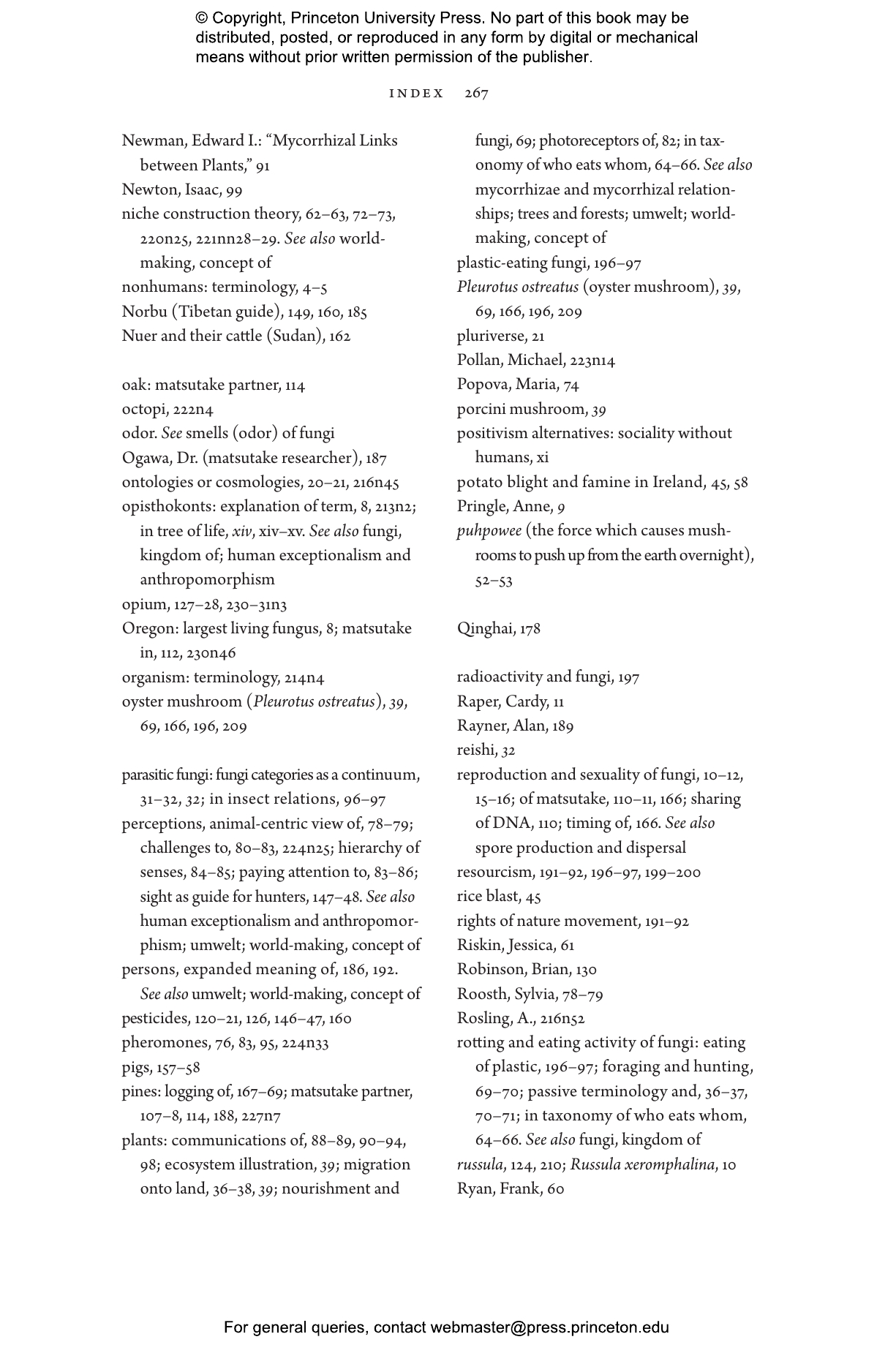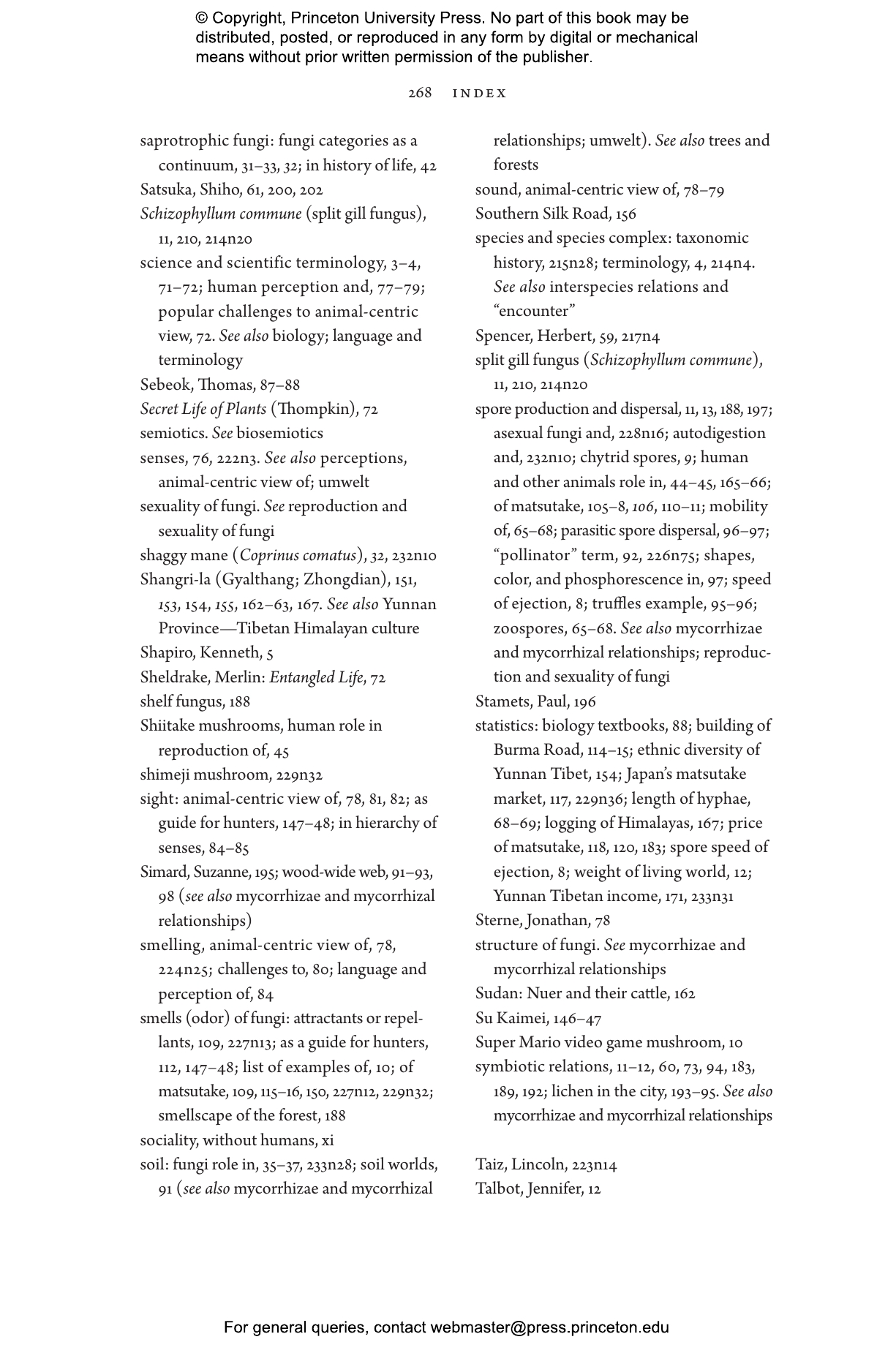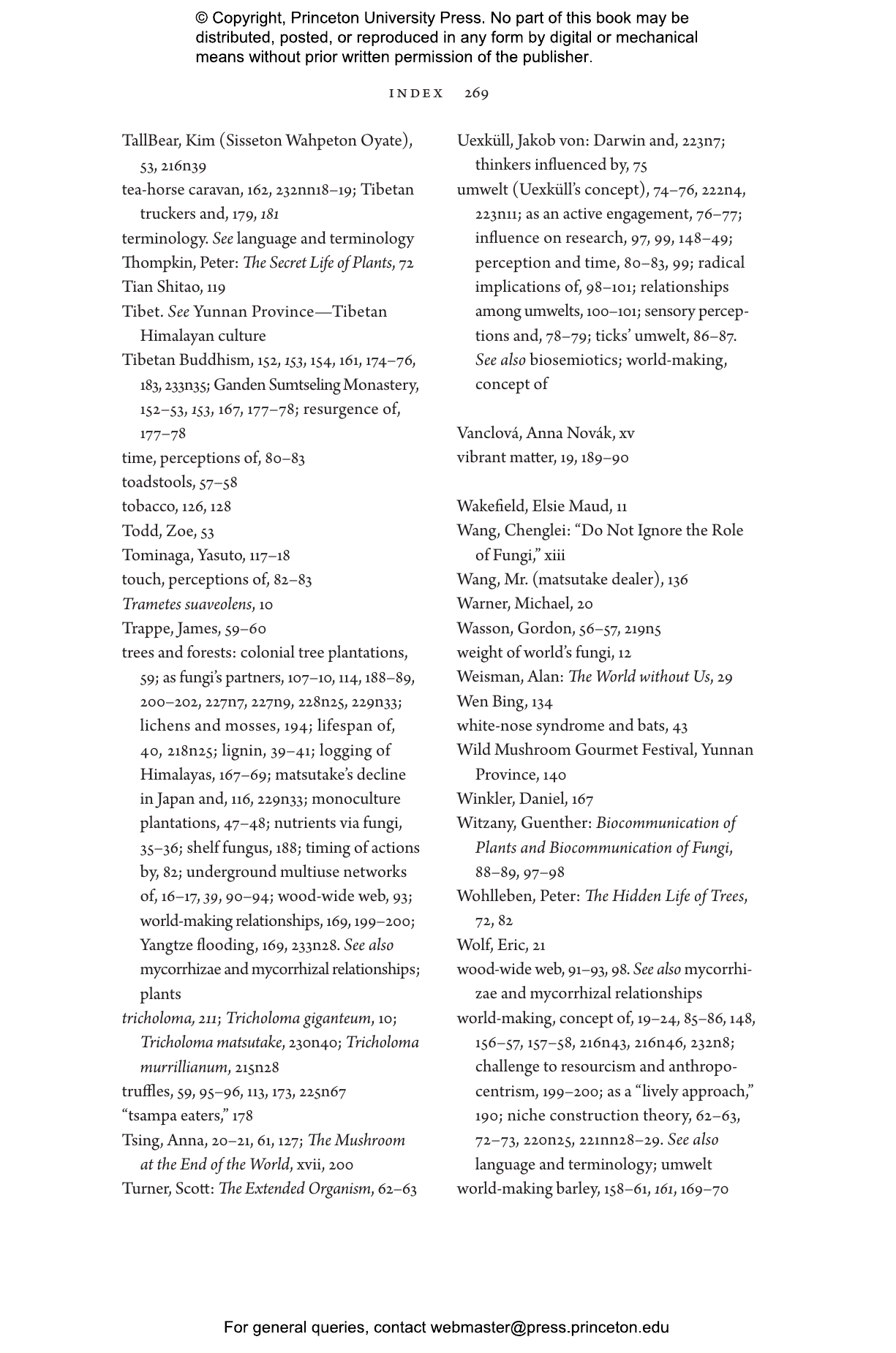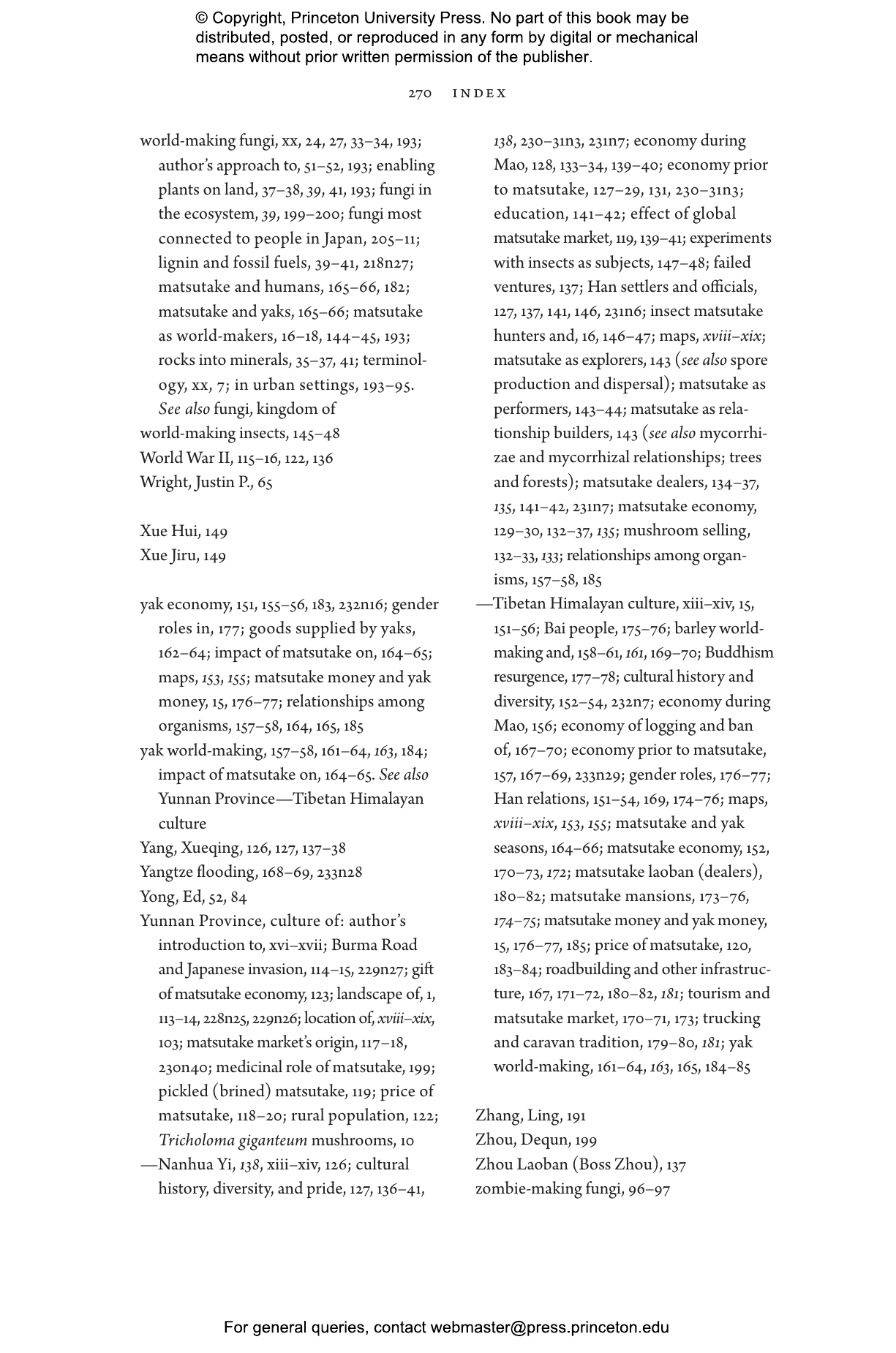What a Mushroom Lives For pushes today’s mushroom renaissance in compelling new directions. For centuries, Western science has promoted a human- and animal-centric framework of what counts as action, agency, movement, and behavior. But, as Michael Hathaway shows, the world-making capacities of mushrooms radically challenge this orthodoxy by revealing the lively dynamism of all forms of life.
The book tells the fascinating story of one particularly prized species, the matsutake, and the astonishing ways it is silently yet powerfully shaping worlds, from the Tibetan plateau to the mushrooms’ final destination in Japan. Many Tibetan and Yi people have dedicated their lives to picking and selling this mushroom—a delicacy that drives a multibillion-dollar global trade network and that still grows only in the wild, despite scientists’ intensive efforts to cultivate it in urban labs. But this is far from a simple story of humans exploiting a passive, edible commodity. Rather, the book reveals the complex, symbiotic ways that mushrooms, plants, humans, and other animals interact. It explores how the world looks to the mushrooms, as well as to the people who have grown rich harvesting them.
A surprise-filled journey into science and human culture, this exciting and provocative book shows how fungi shape our planet and our lives in strange, diverse, and often unimaginable ways.
Awards and Recognition
- Finalist for the Hubert Evans Non-Fiction Prize, BC and Yukon Book Prizes
- Nominee for the James Beard Media Award in Reference, History, and Scholarship
- Winner of the Jim Deva Prize for Writing that Provokes, BC and Yukon Book Prizes
- Winner of the Labrecque-Lee Book Prize, Canadian Anthropology Society
Michael J. Hathaway is professor of anthropology at Simon Fraser University in Vancouver, Canada, and the author of the award-winning Environmental Winds: Making the Global in Southwest China. He is a member of the Matsutake Worlds Research Group.
"Few readers, I suspect, have ever considered fungi to be sentient, but Michael Hathaway . . . argues that mushrooms (as well as plants and other organisms widely considered as passive automatons), though not exactly conscious, nevertheless 'engage their surroundings in a dynamic way.' . . . The takeaway, Hathaway advises, should at least be a renewed appreciation of the interconnectedness of all forms of life, flora, fauna, and 'funga,' and a realization that the world is 'made and remade through relationships.'"—Laurence A. Marschall, Natural History
"This book will be valuable to social scientists and ecologists, and essential to philosophers of human-fungi relationships."—Choice
"Move over, Paul Stamets and Michael Pollan! Reading What a Mushroom Lives For is like having someone gently turn the living world inside out and upside down for you. In stunning prose, Michael Hathaway celebrates the liveliness and dynamic intelligence of those essential workers who dwell in a hidden biocultural landscape at our feet. Eloquent, erudite, and at times darkly funny, Hathaway's narrative sheds fresh light on the meaning of that hackneyed rhyme, ‘there is a fungus among us.’ ”—Gary Paul Nabhan, author of Food from the Radical Center
“A truly delightful and much-needed journey into ‘myco-centrism’! This book is an important invitation to think about interspecies organization from a collaborative point of view, with all its complexities and implications. Not only does it invite us to understand how some fungi live, but also how through their existence they can craft cultures and societies. It is much repeated that fungi are the interconnectors of nature, and this book takes that concept to another sociological and philosophical level.”—Giuliana Furci, founder and CEO of the Fungi Foundation
“I found this book delightful. It is a poetic story of fungi and some of the ways in which they are beautiful, fascinating, and endowed with stories that entangle humans yet remain all their own.”—Rob Dunn, author of A Natural History of the Future
“What a Mushroom Lives For is a captivating journey into a manifold of lives—arboreal, human, and otherwise—that make and are made by the distinctive matsutake mushroom. Michael Hathaway carefully weaves together stories, theories, field notes, drawings, and diagrams gathered over a decade to model ways in which readers might begin to inhabit mushroom worlds.”—Elaine Gan, coeditor of Arts of Living on a Damaged Planet
